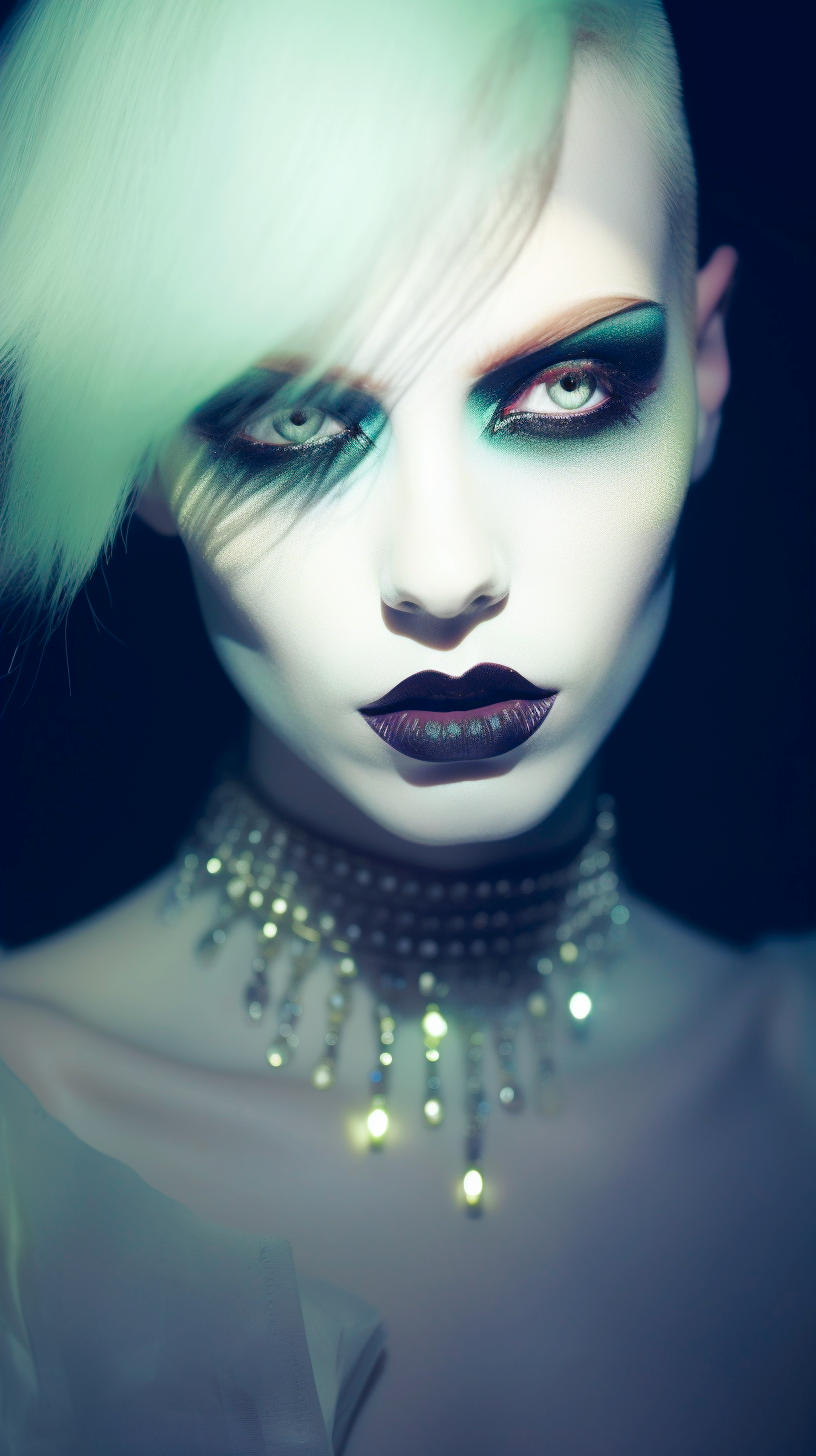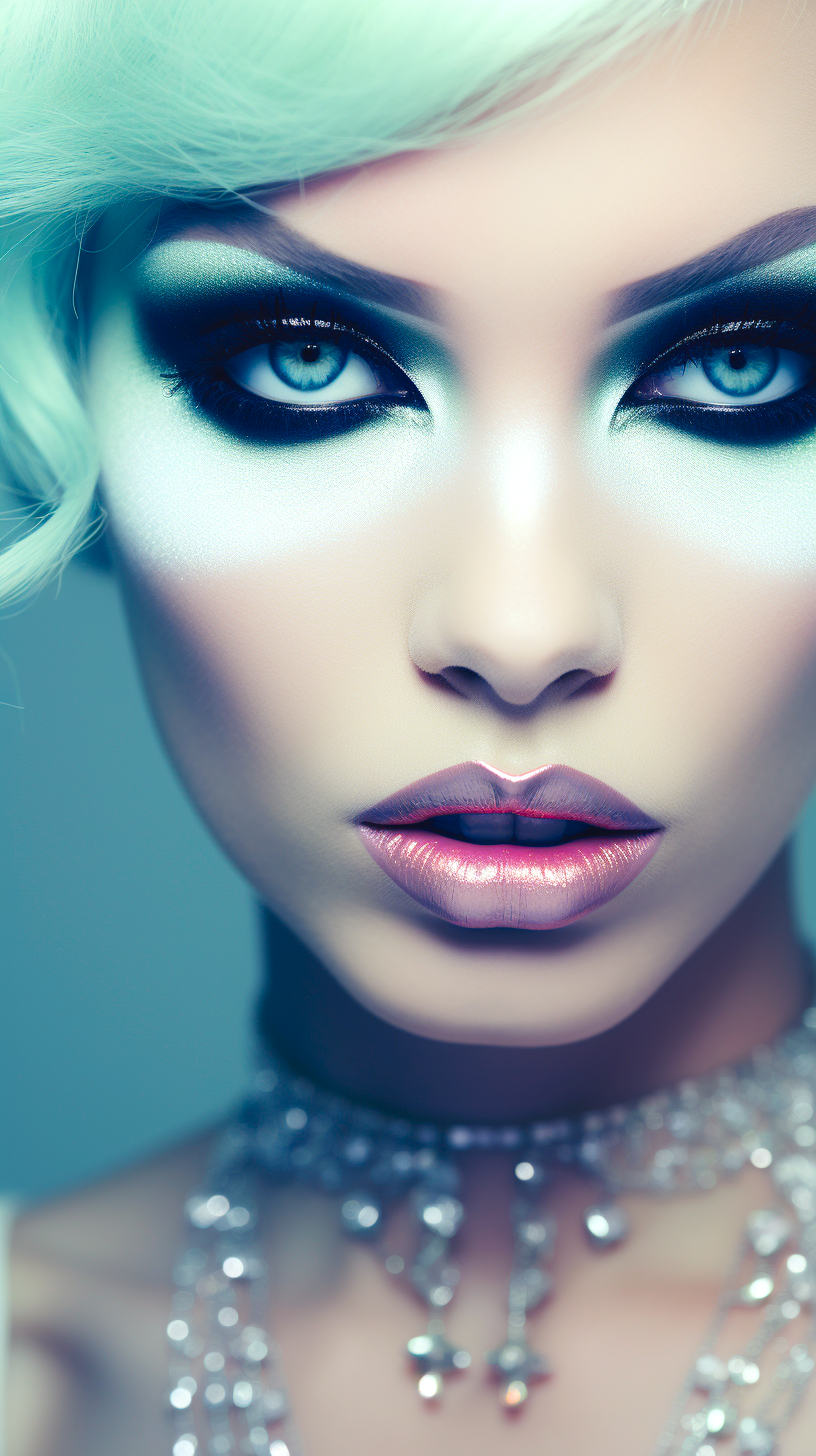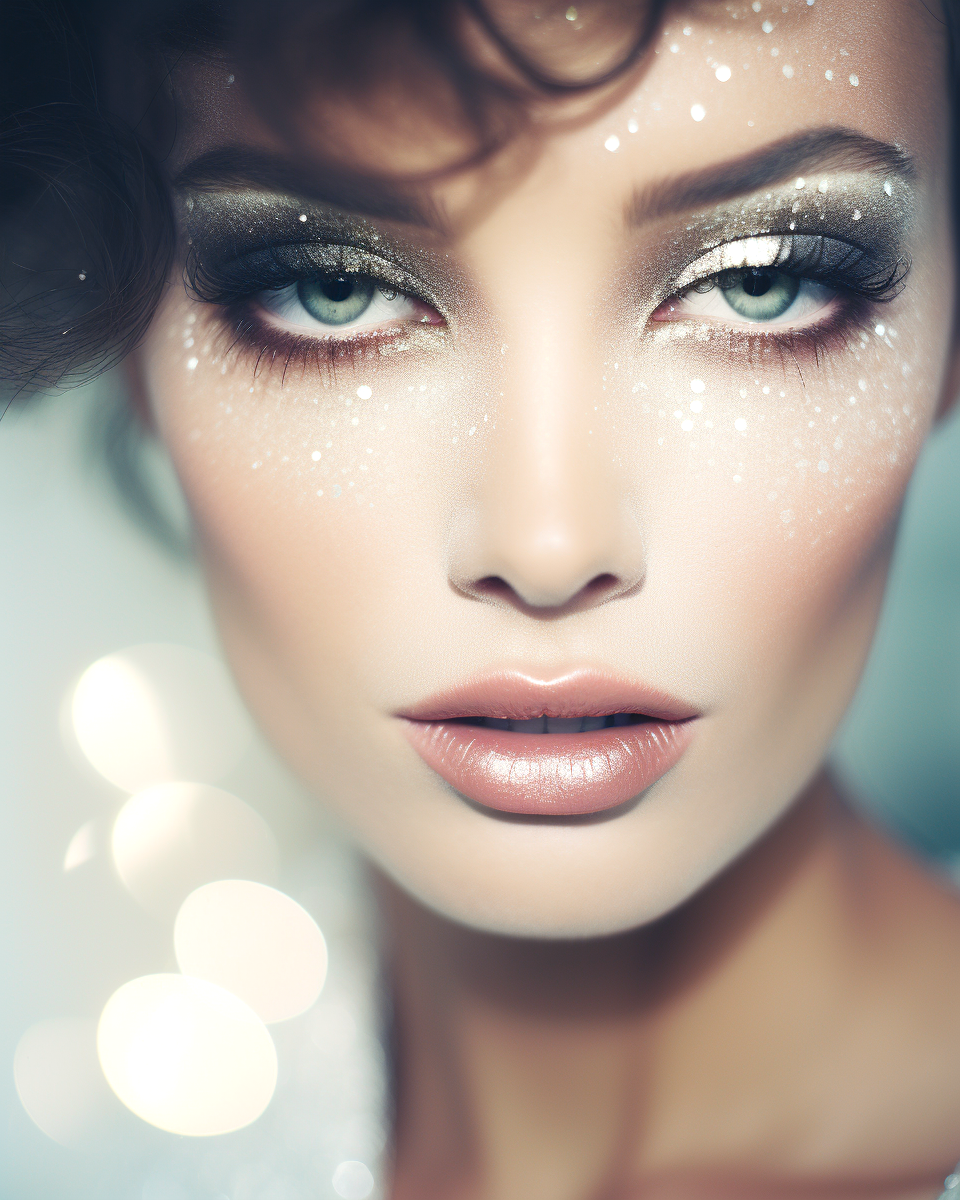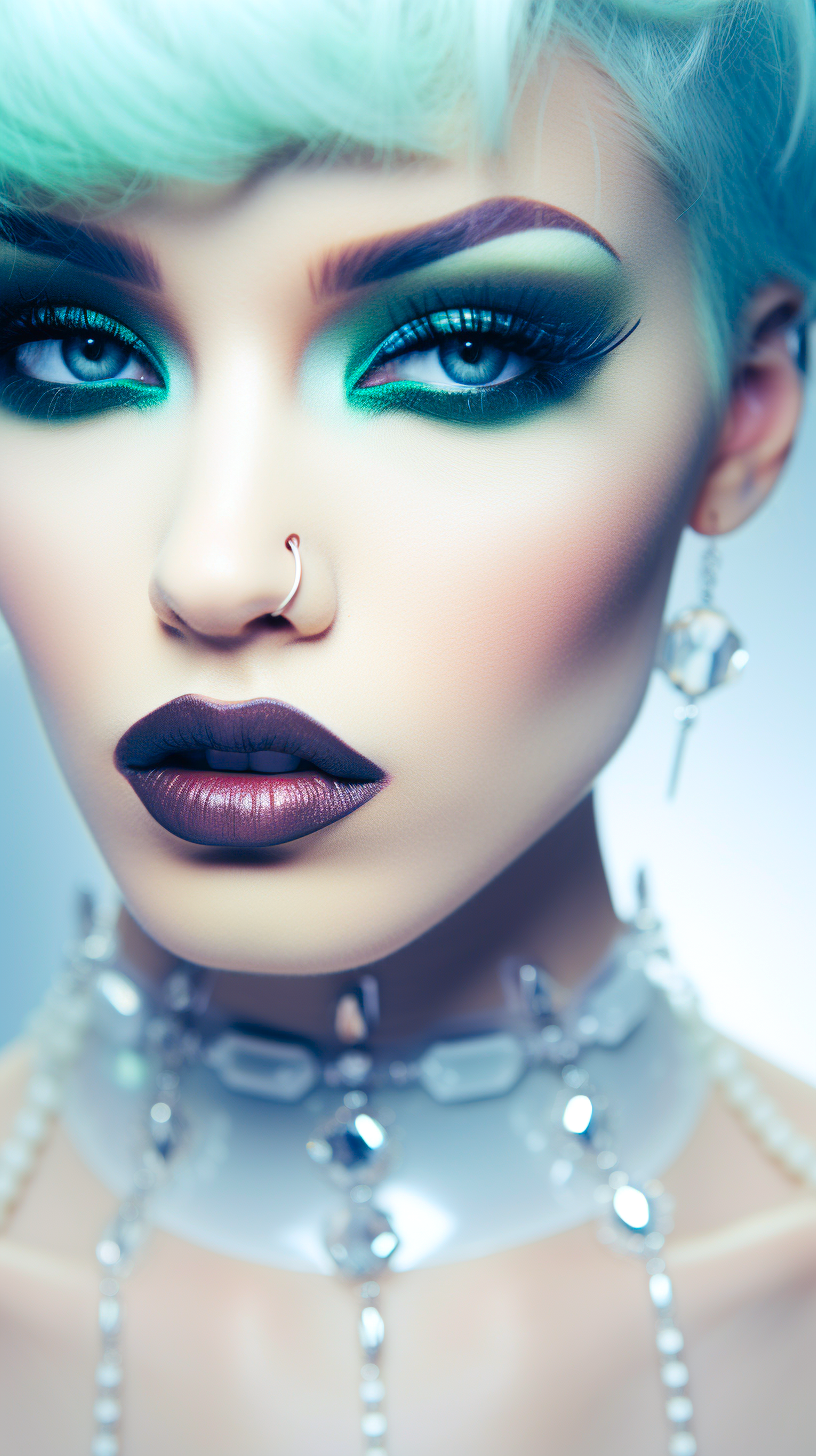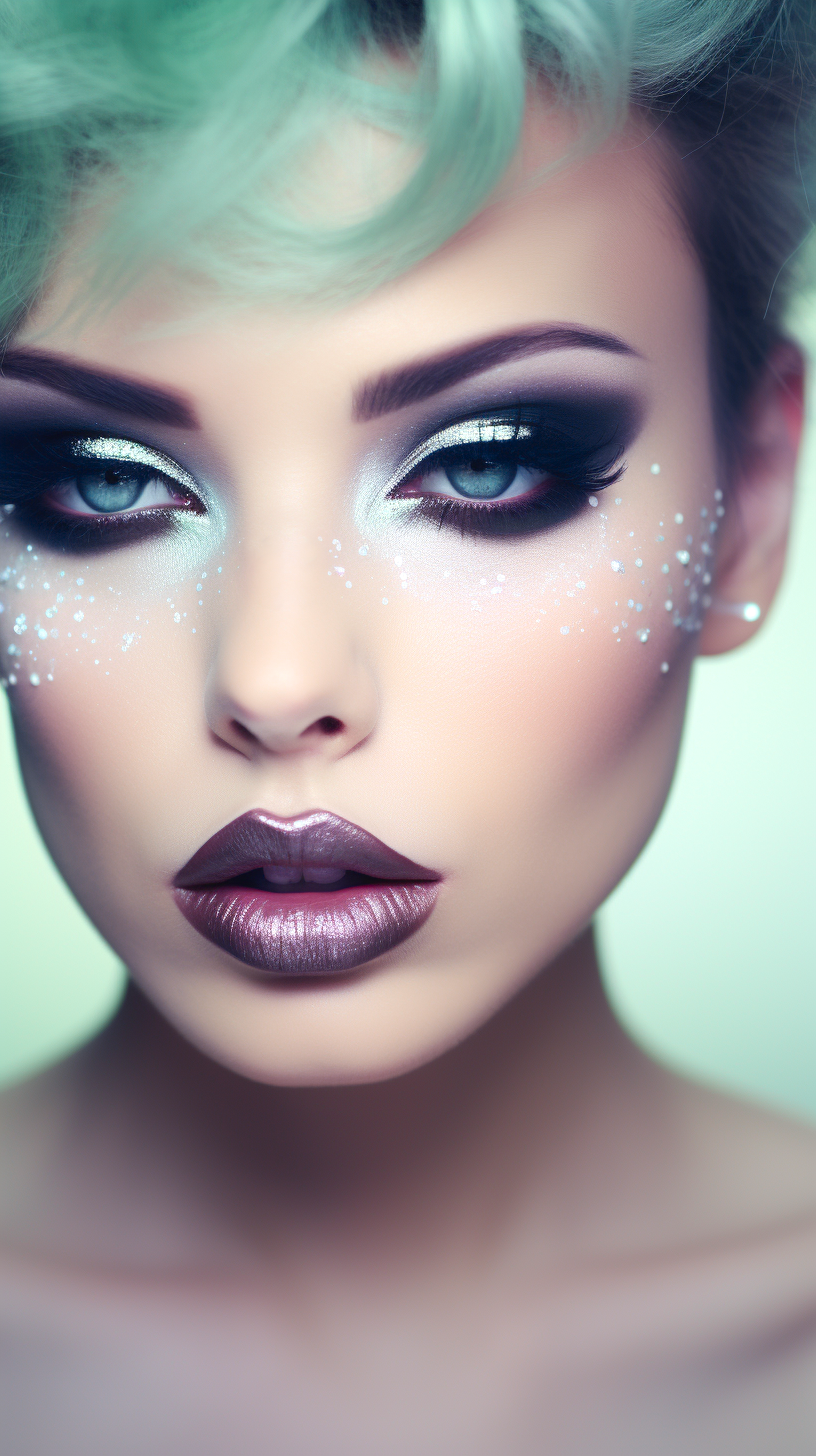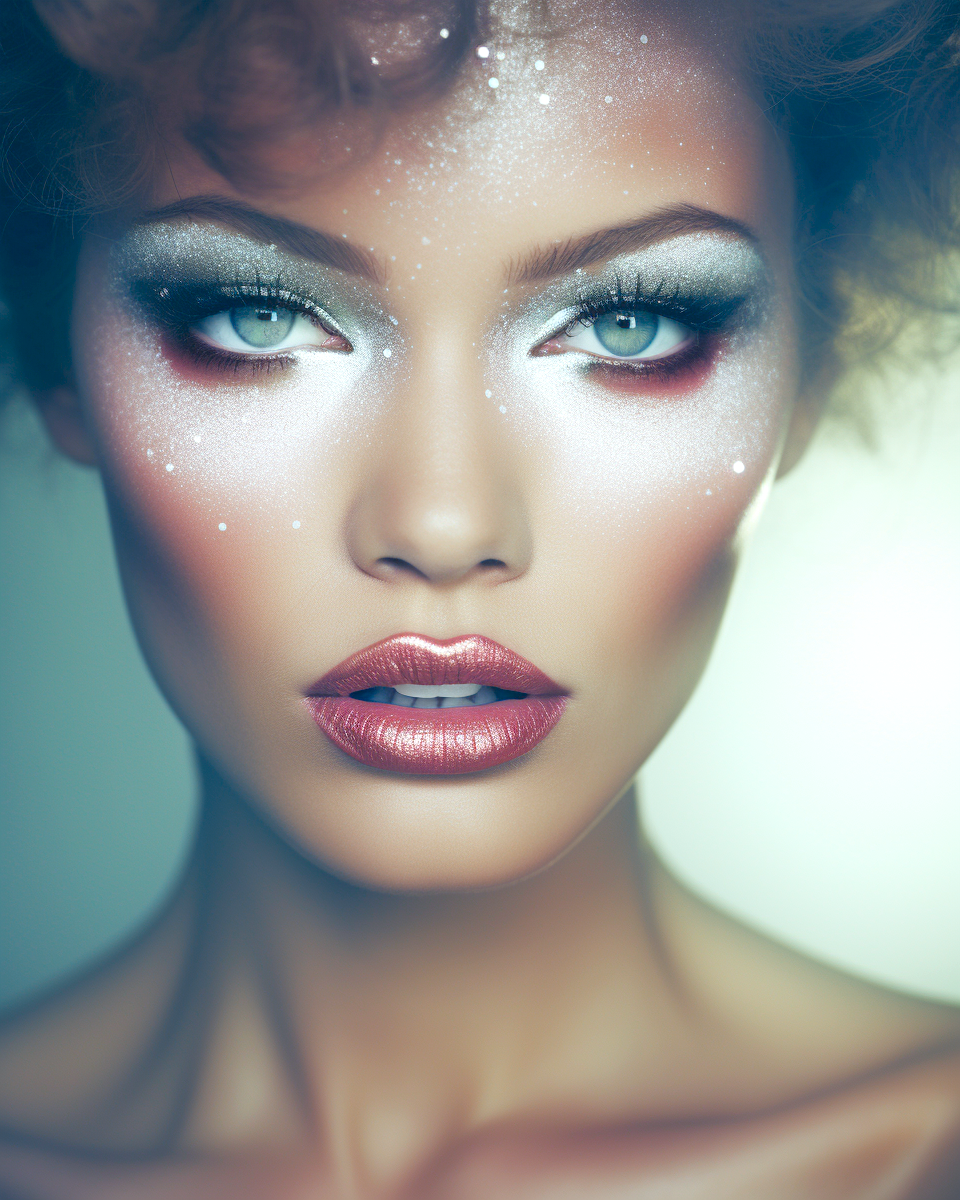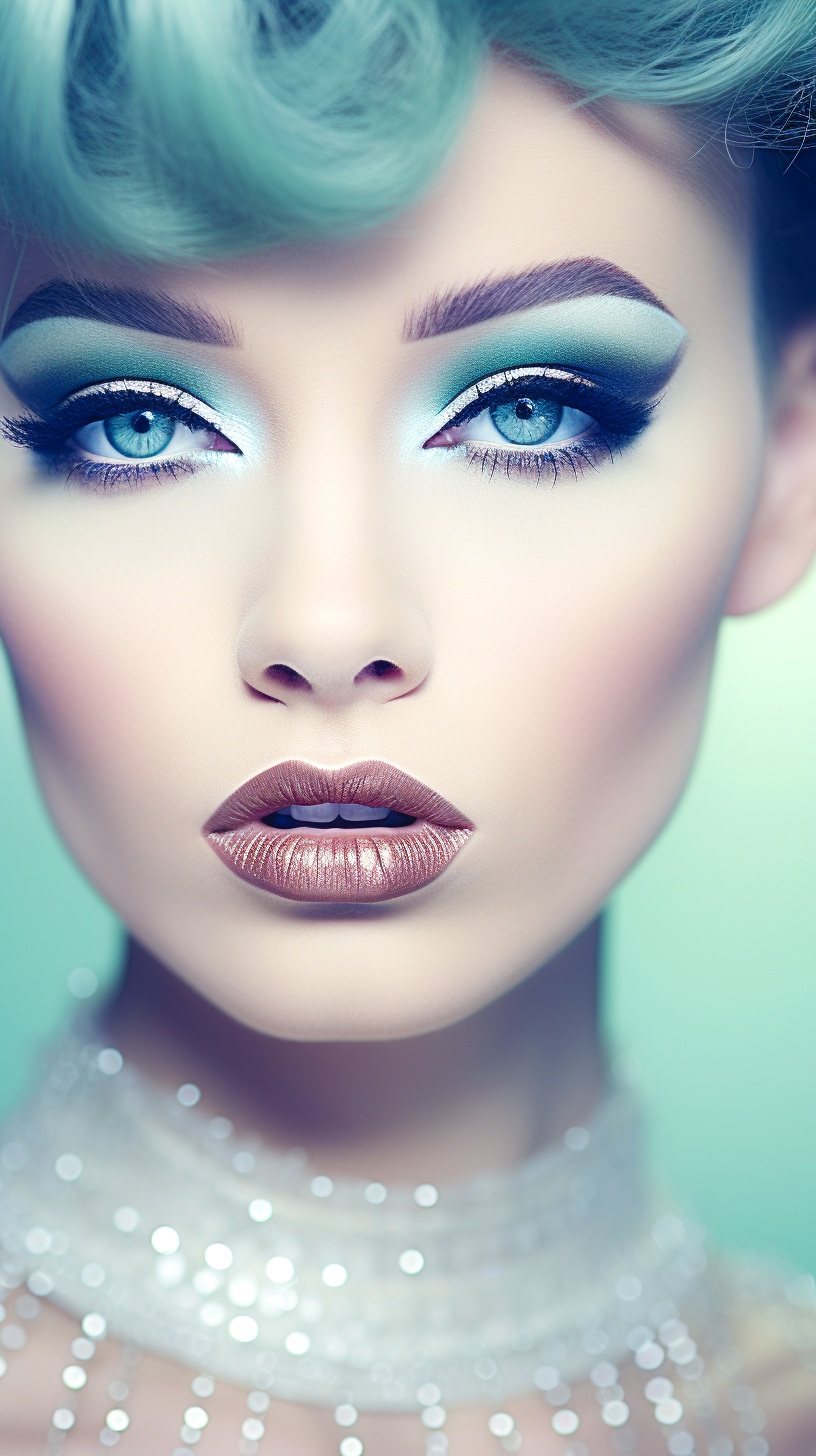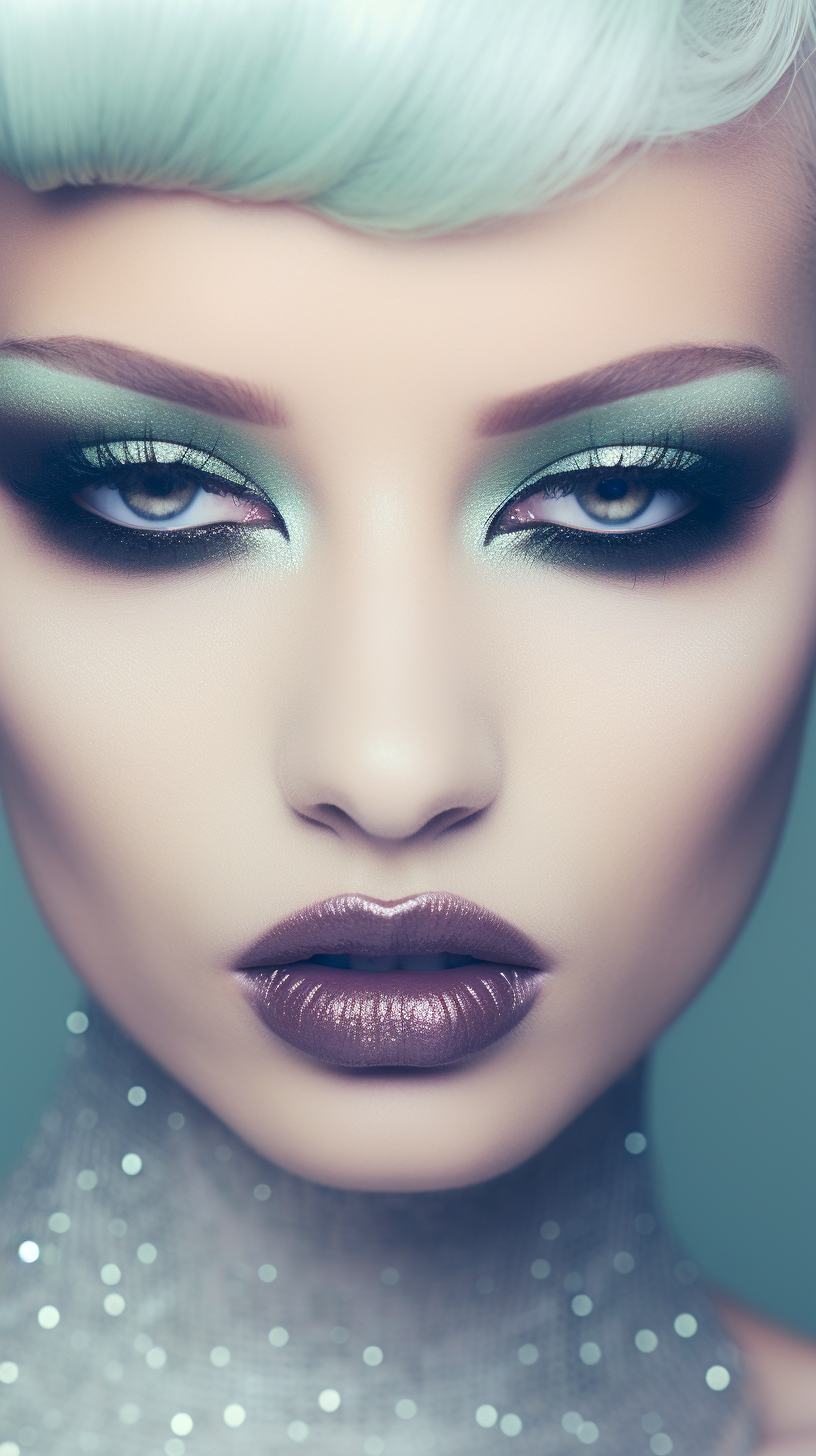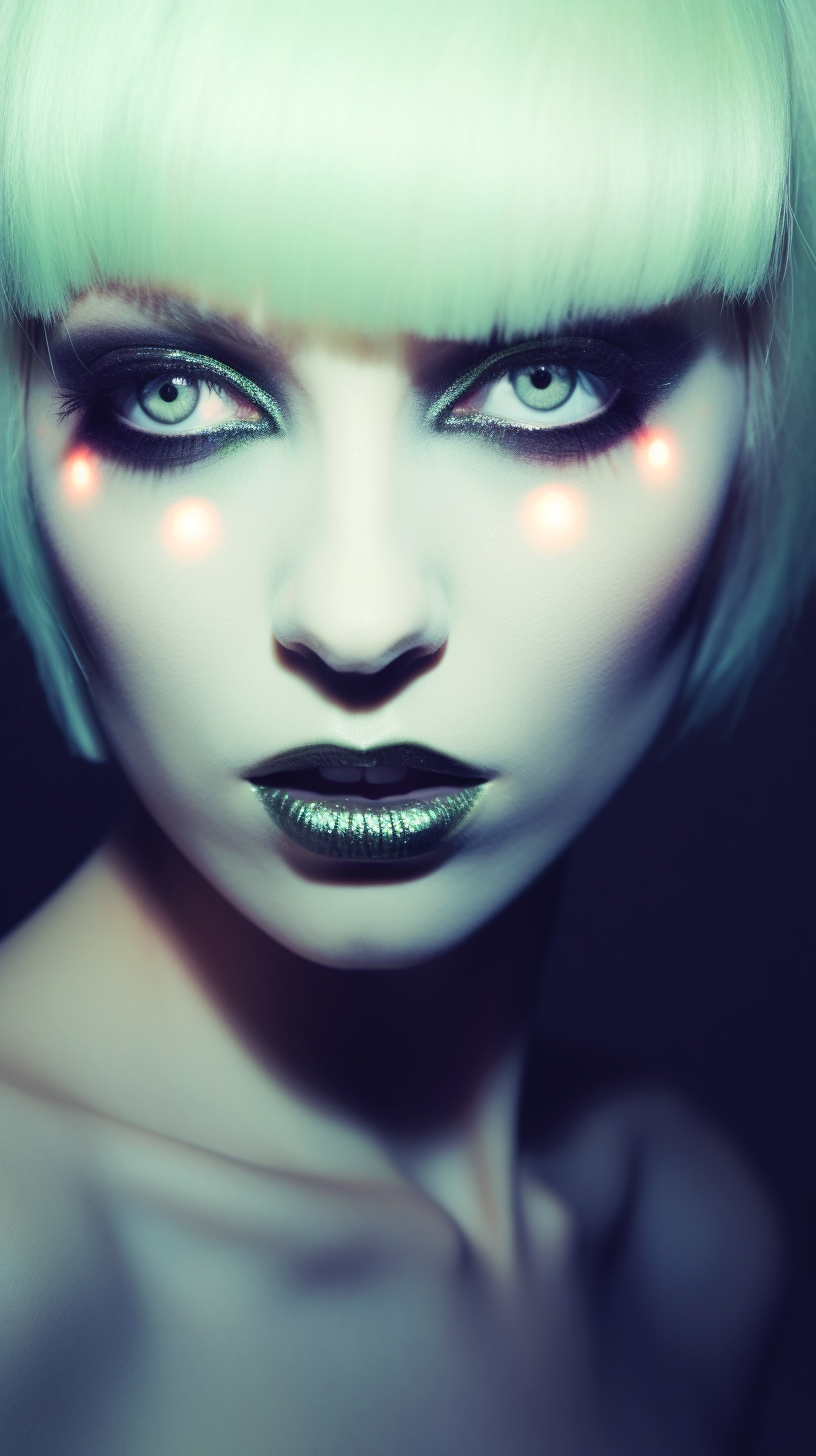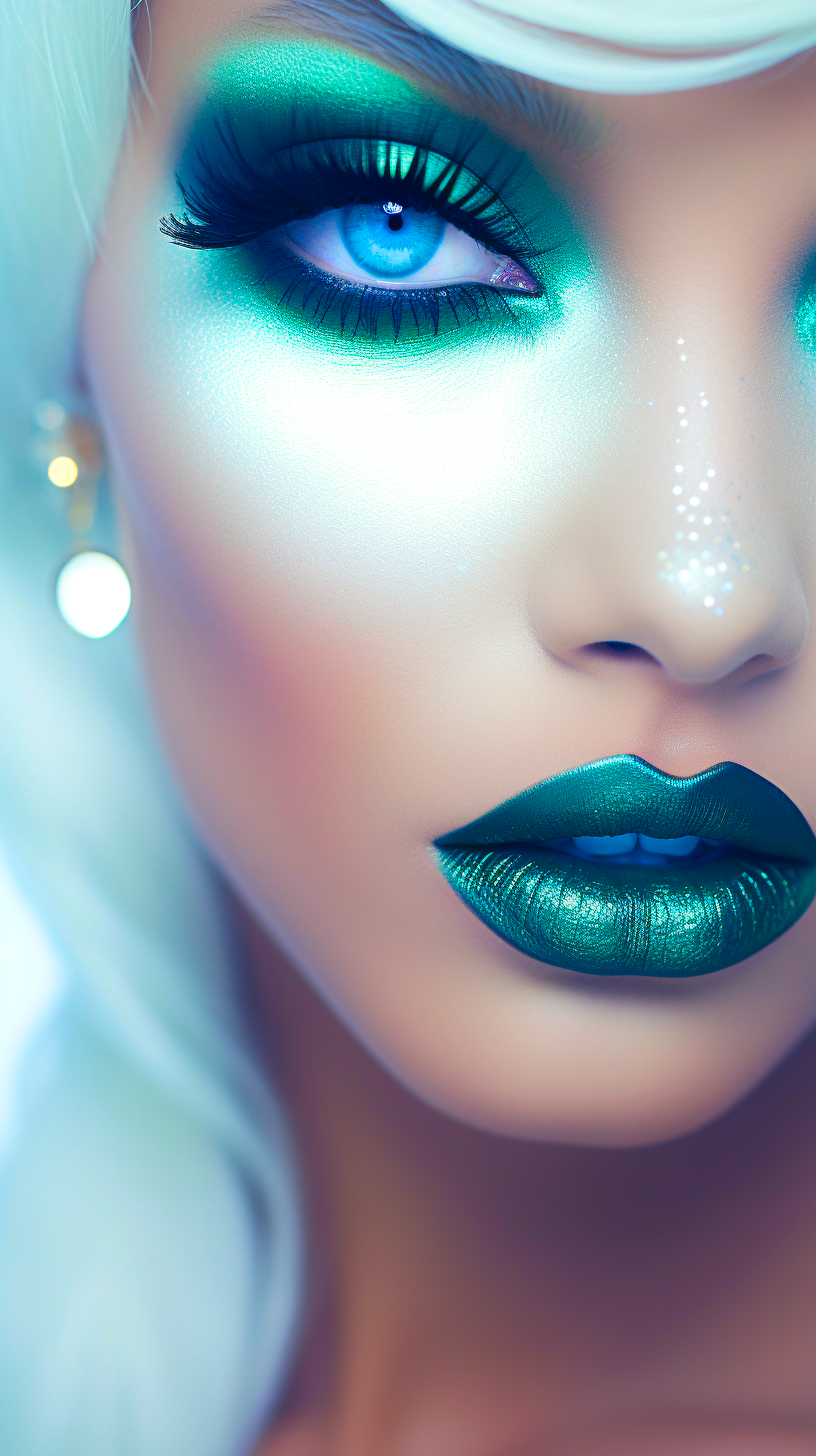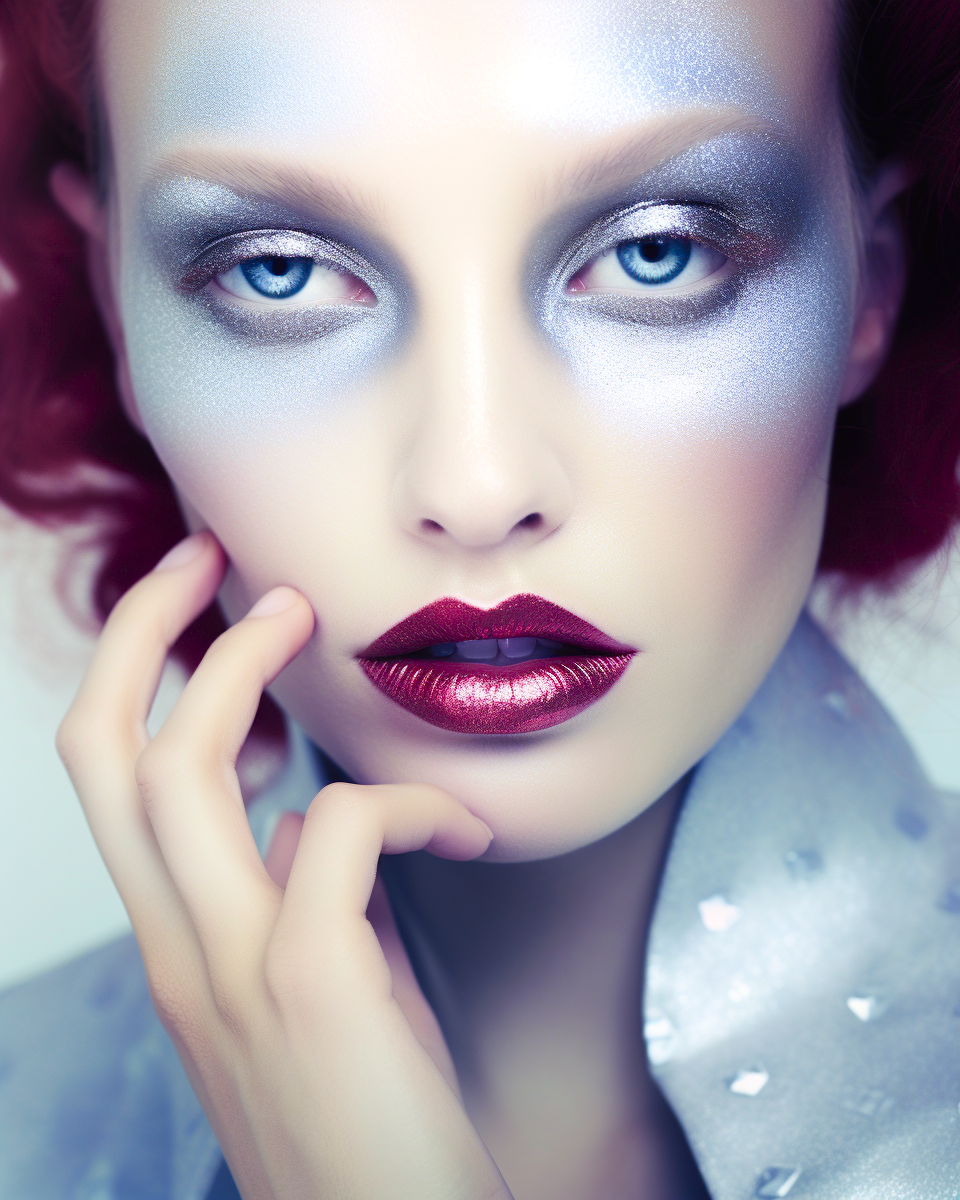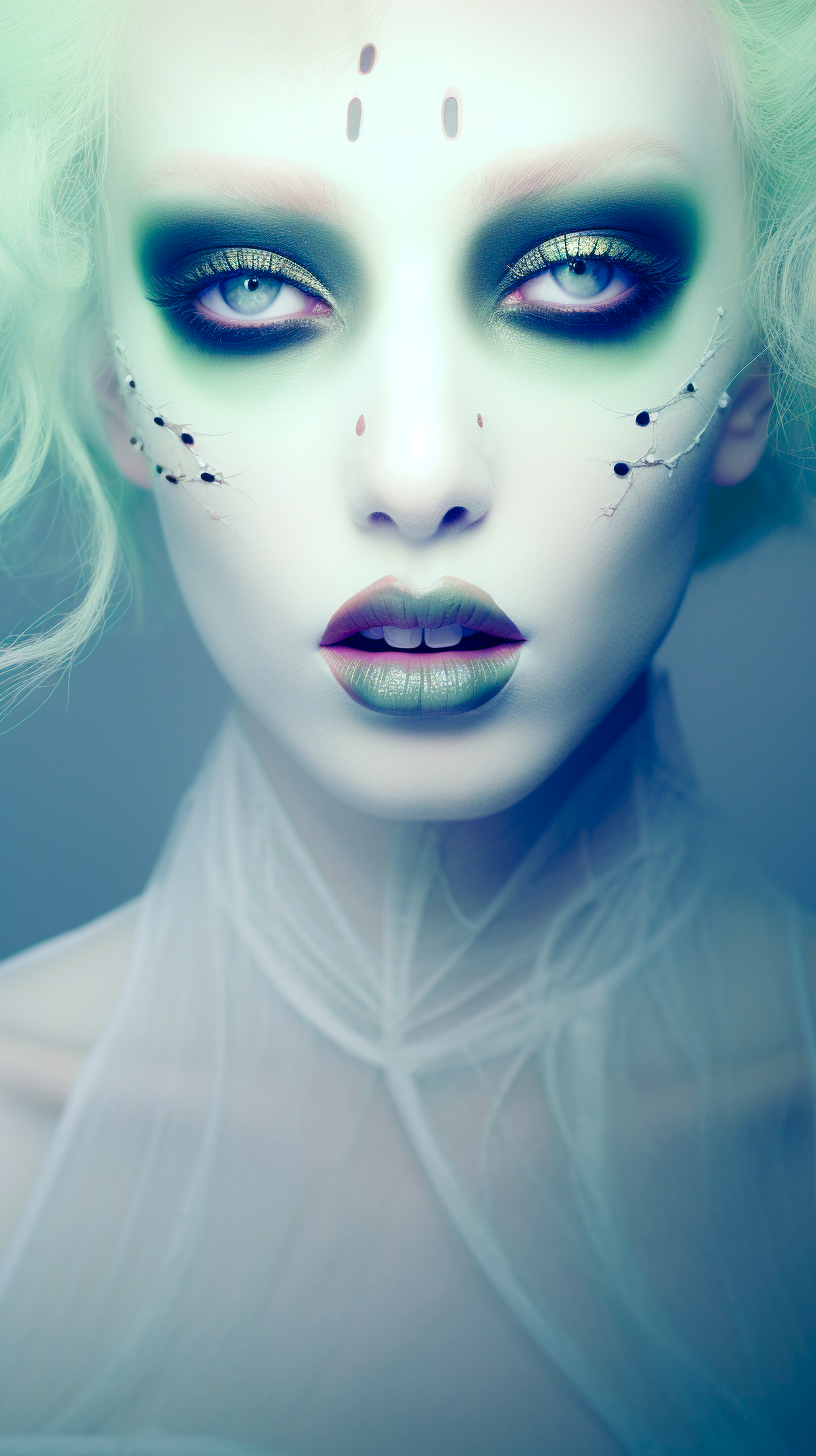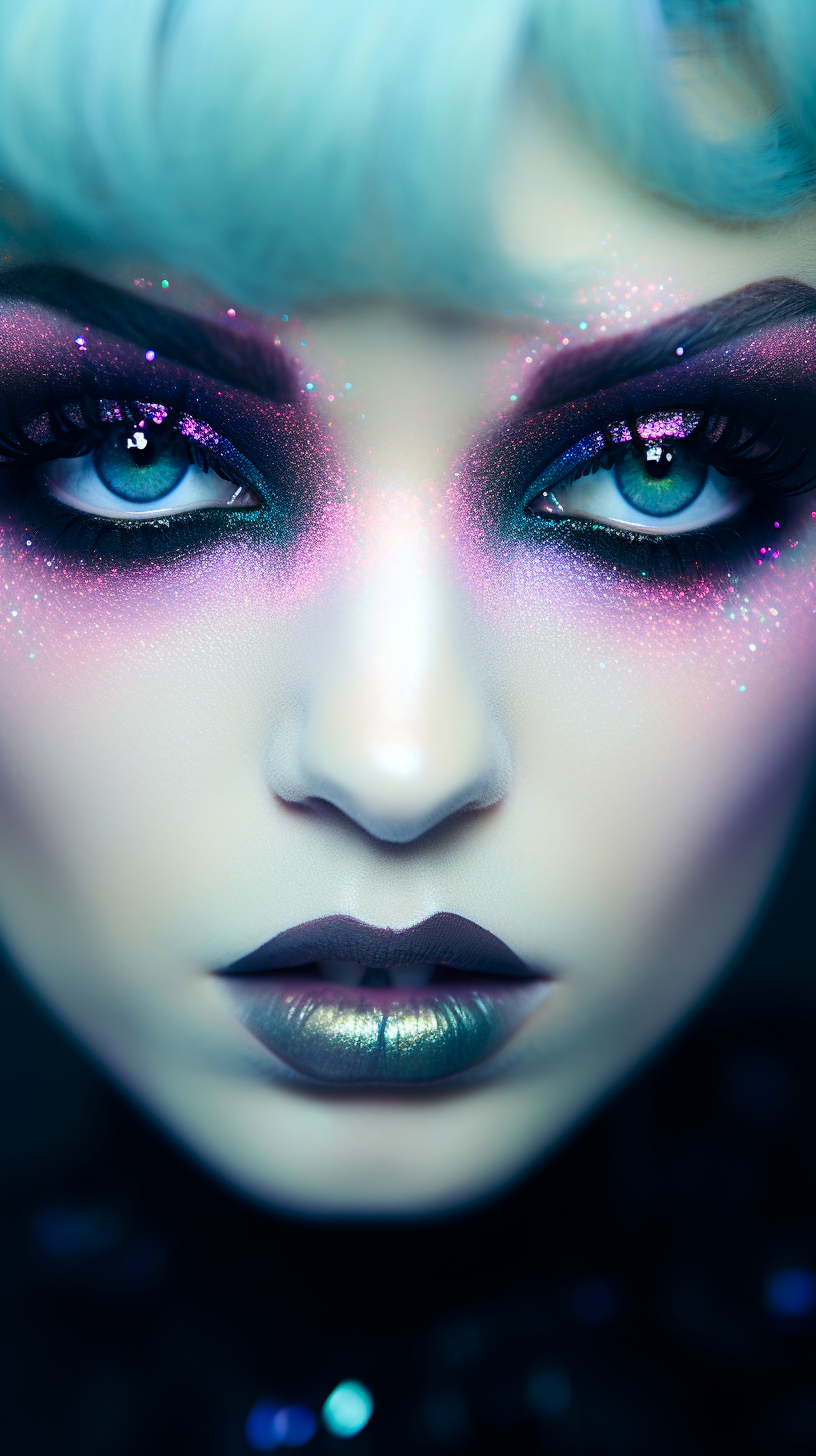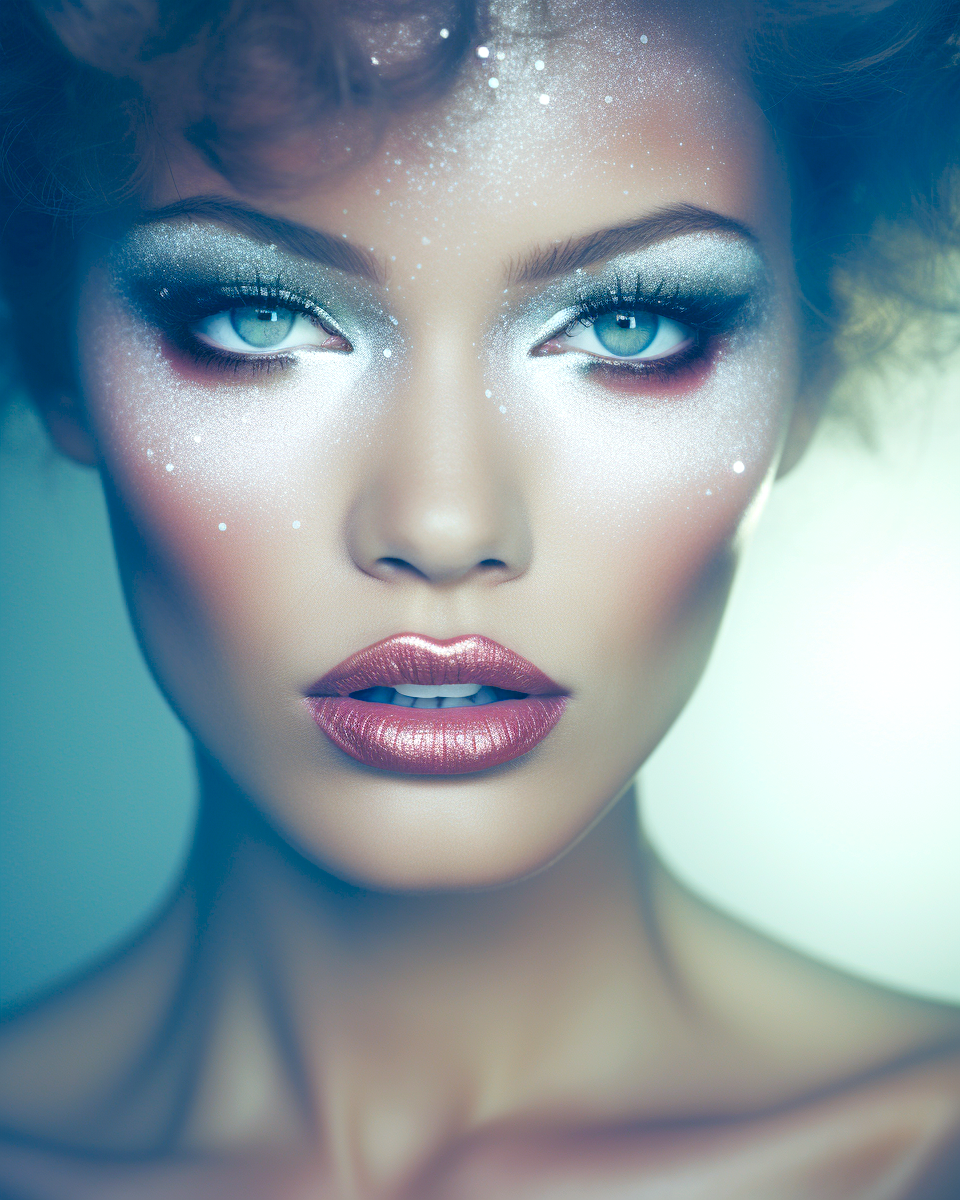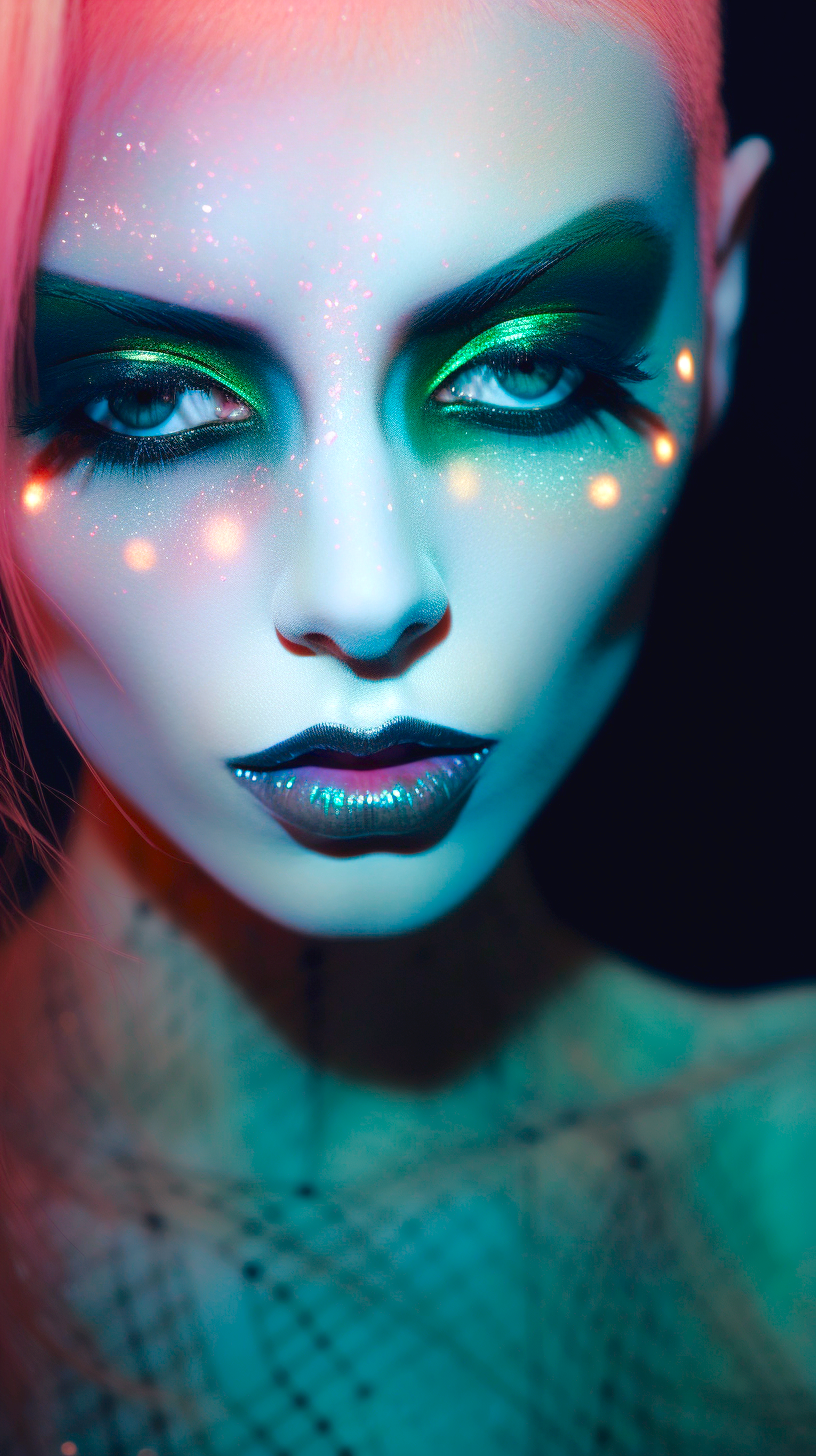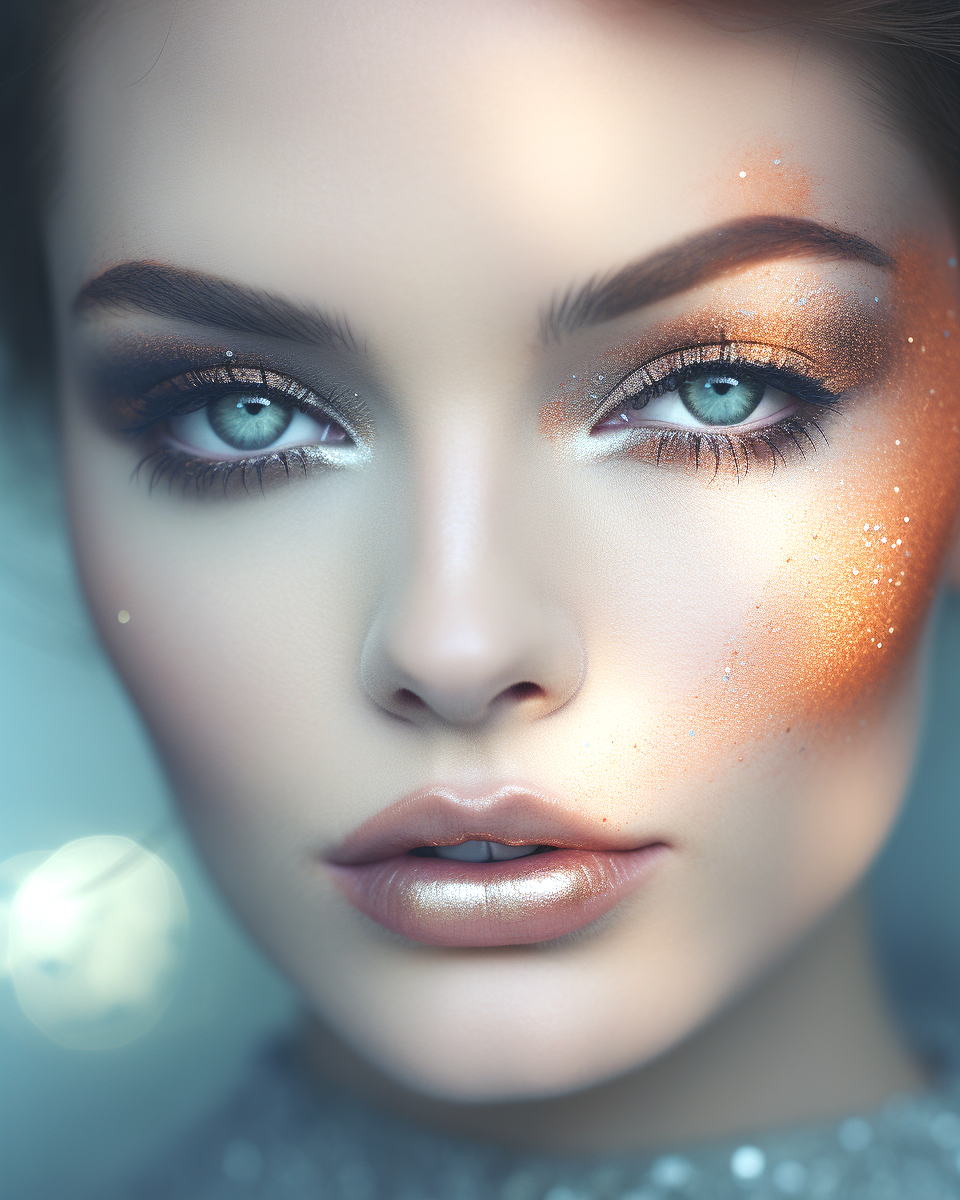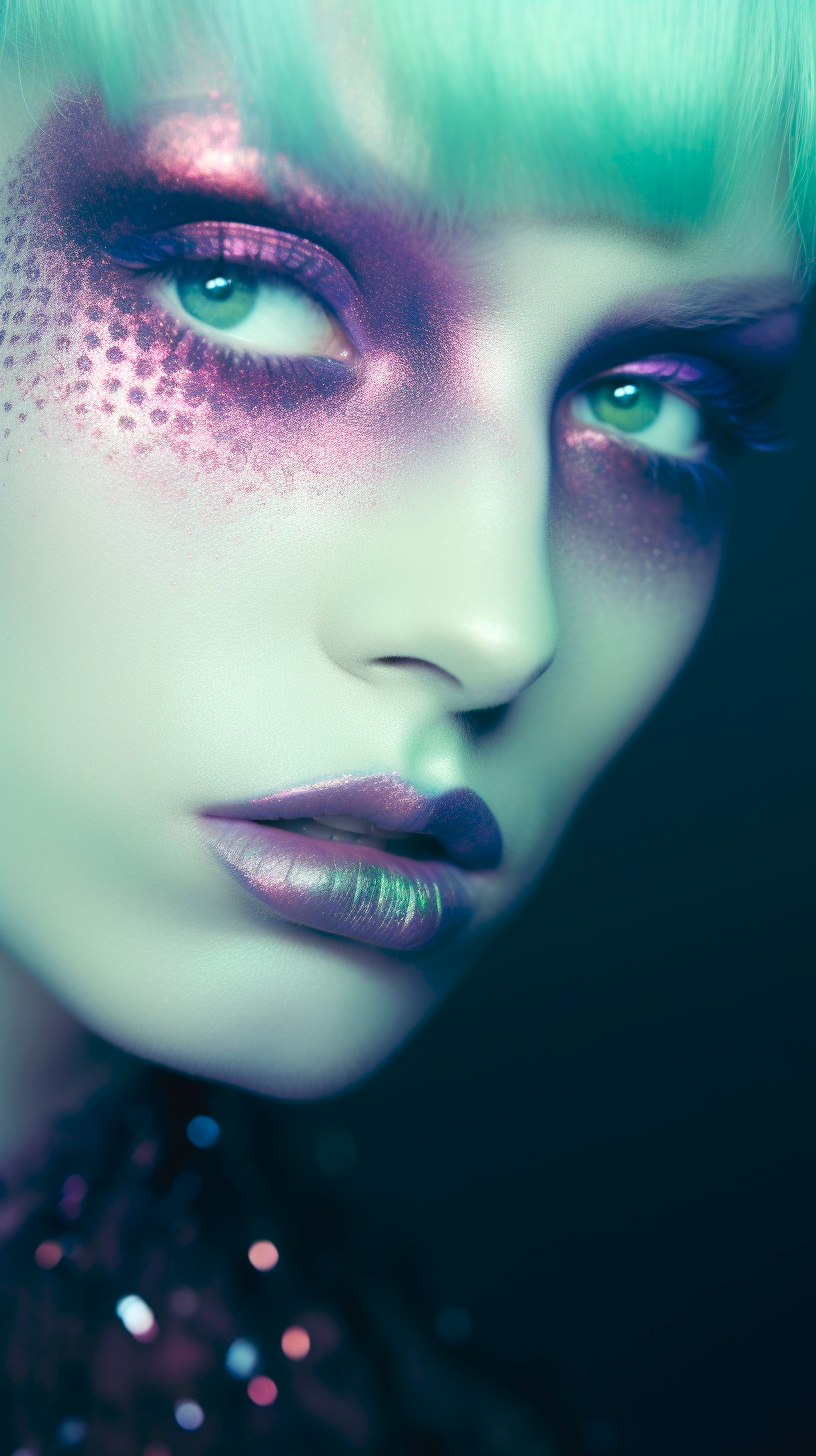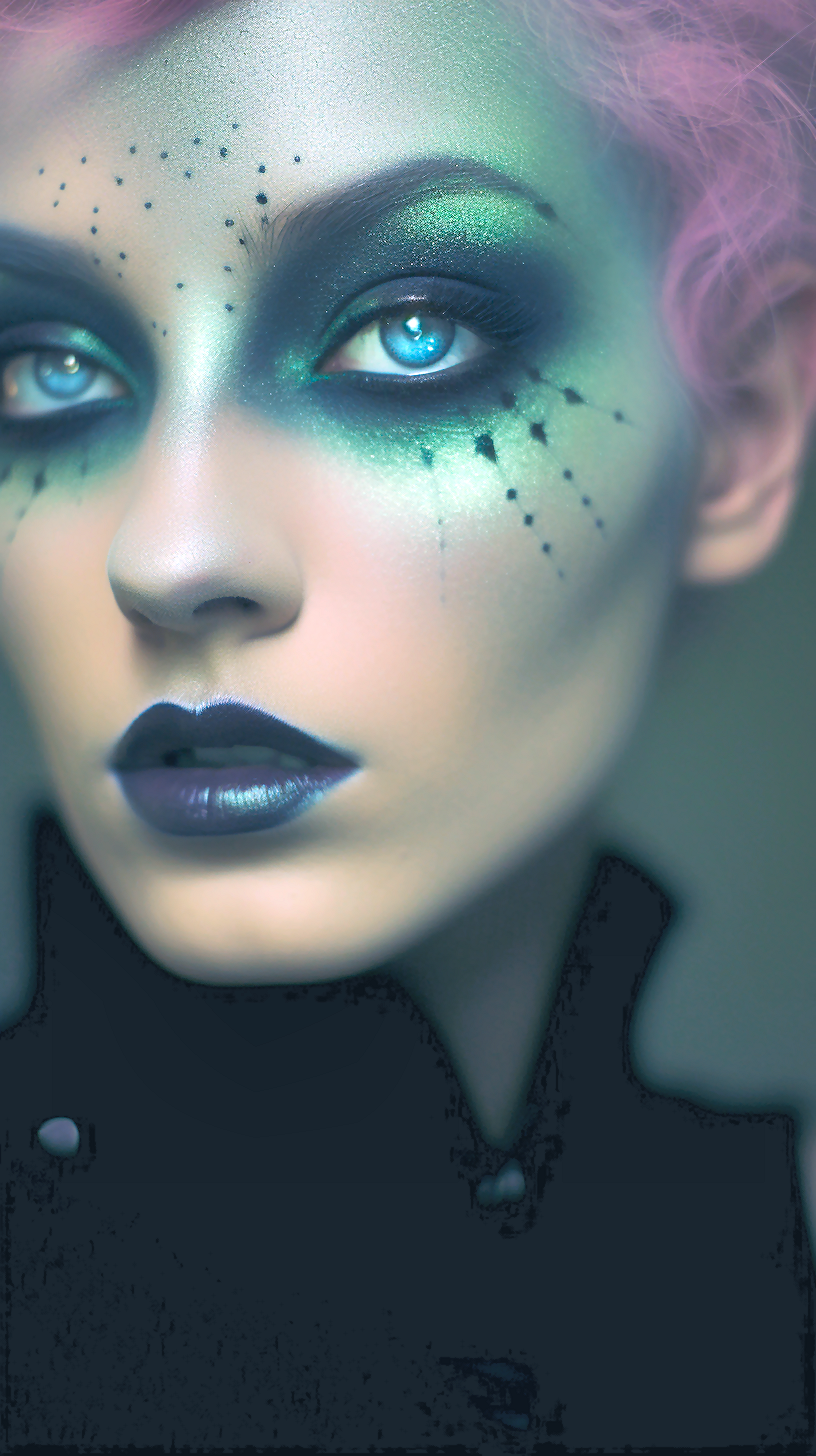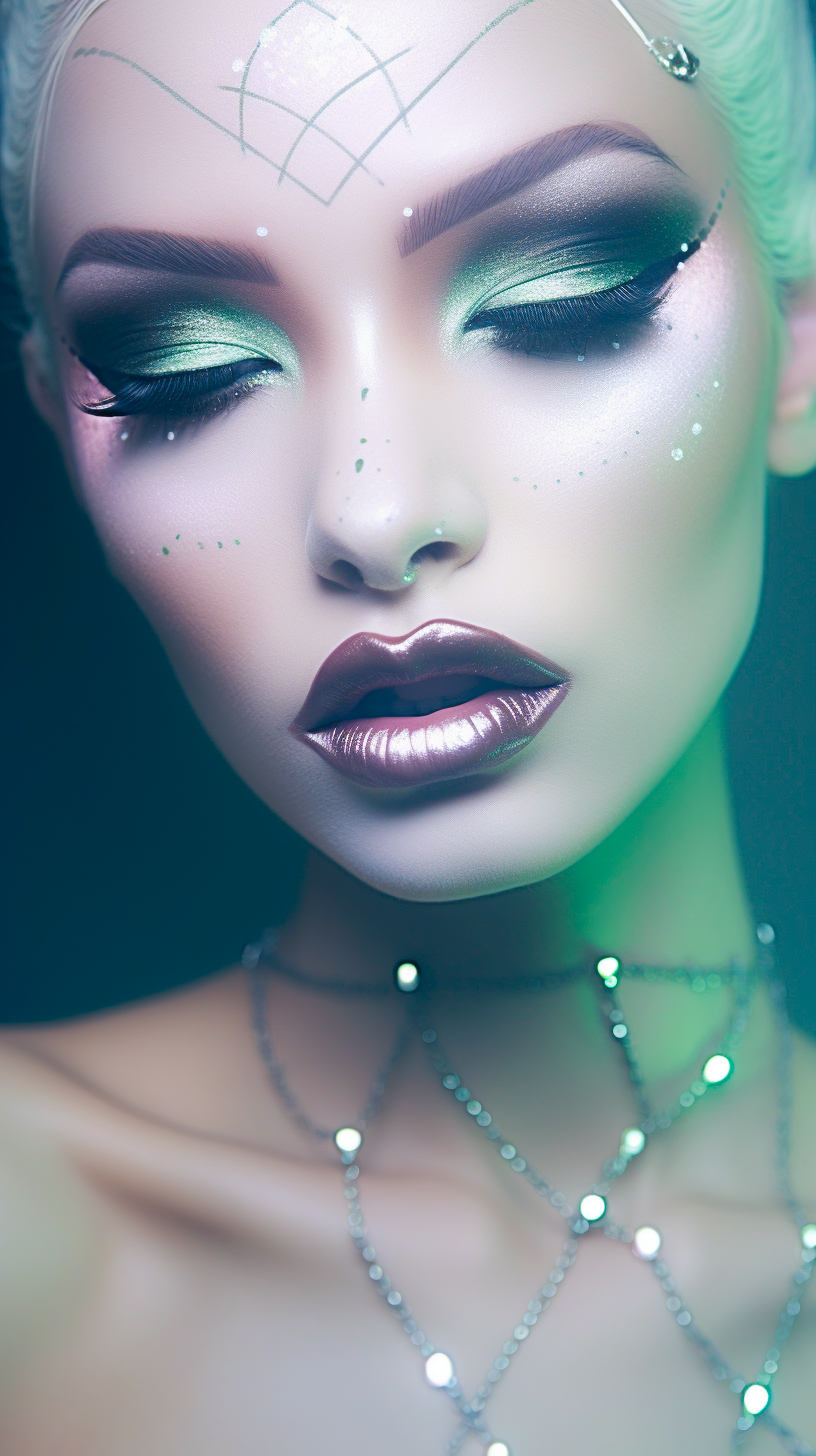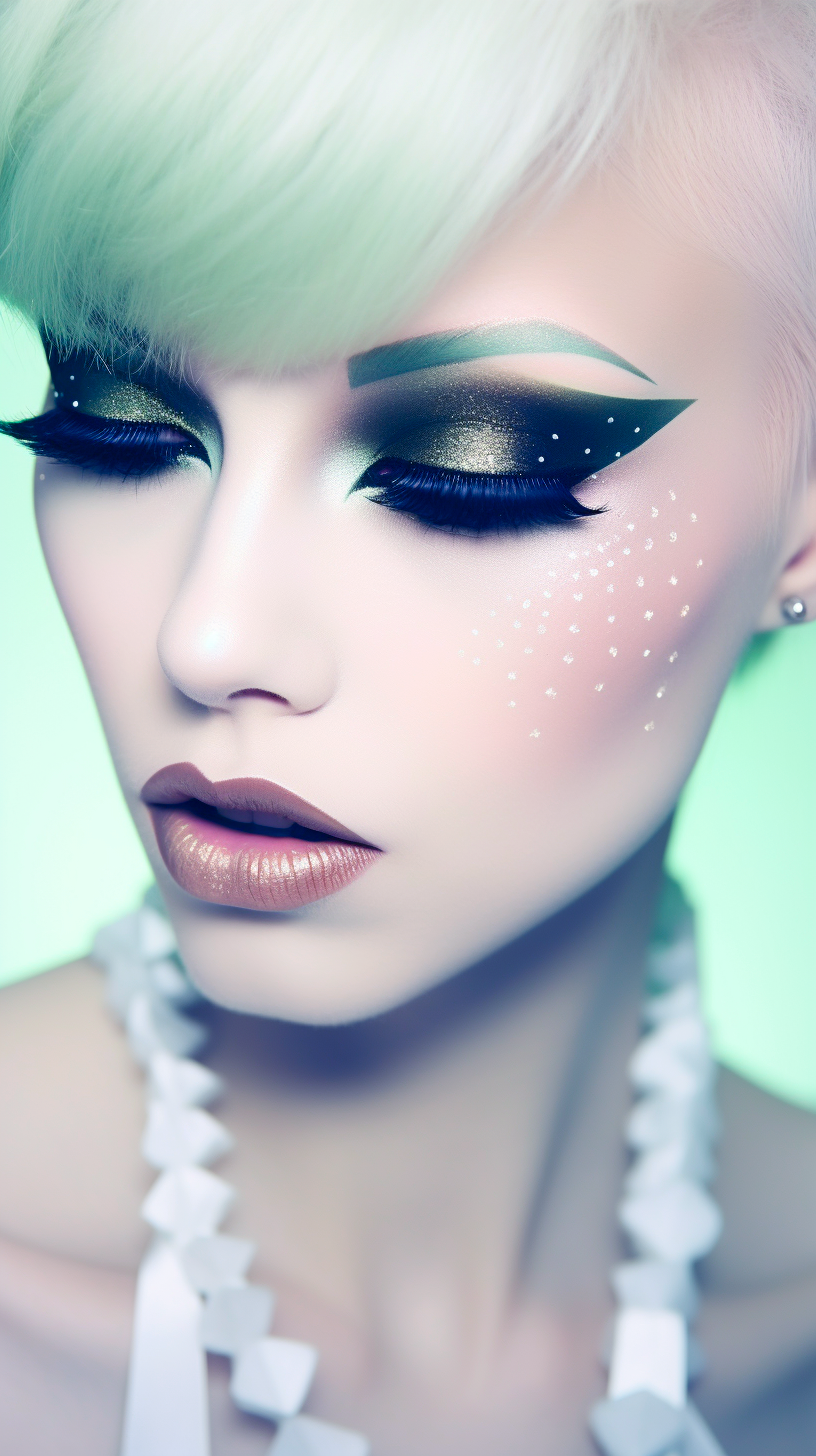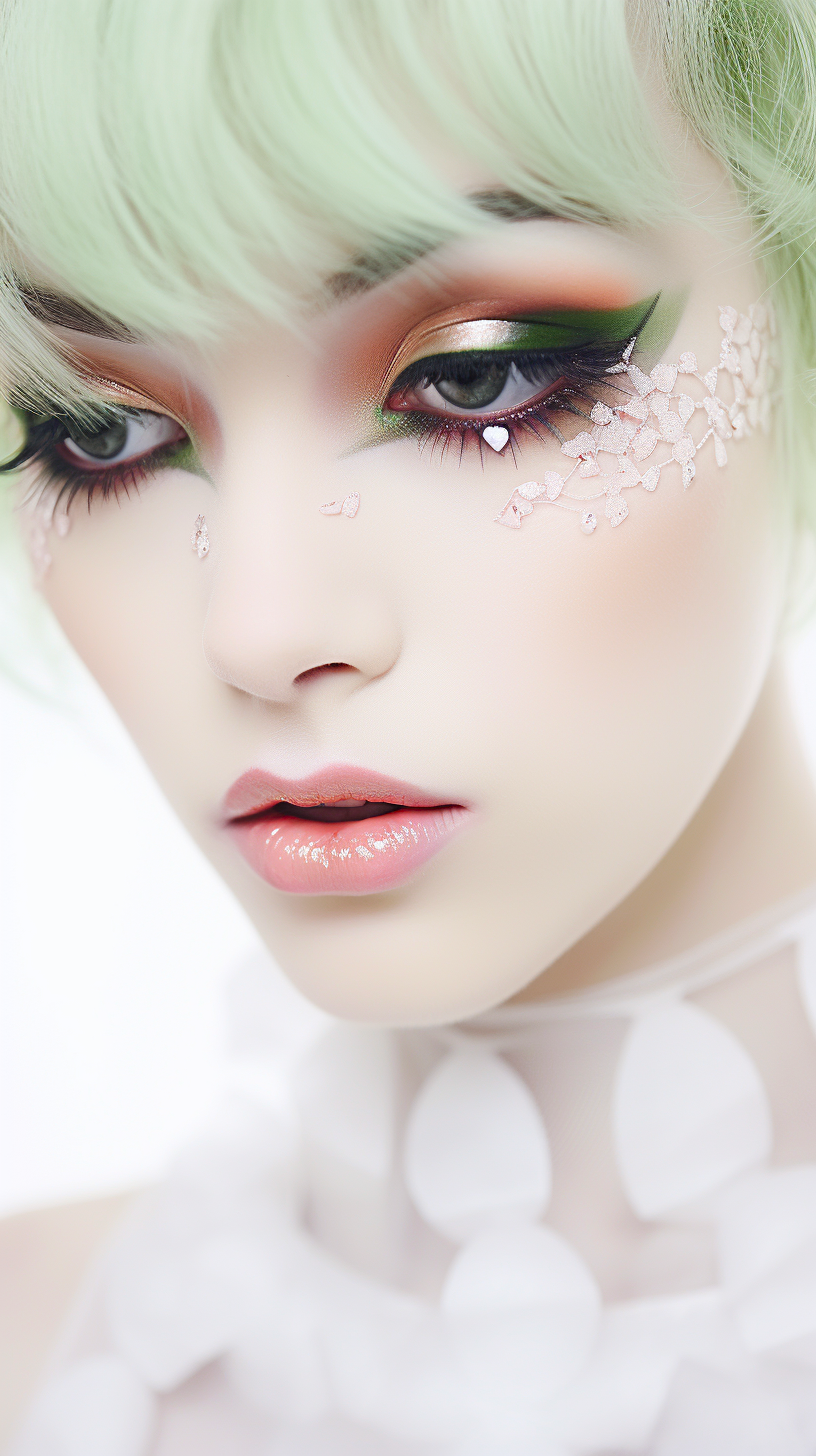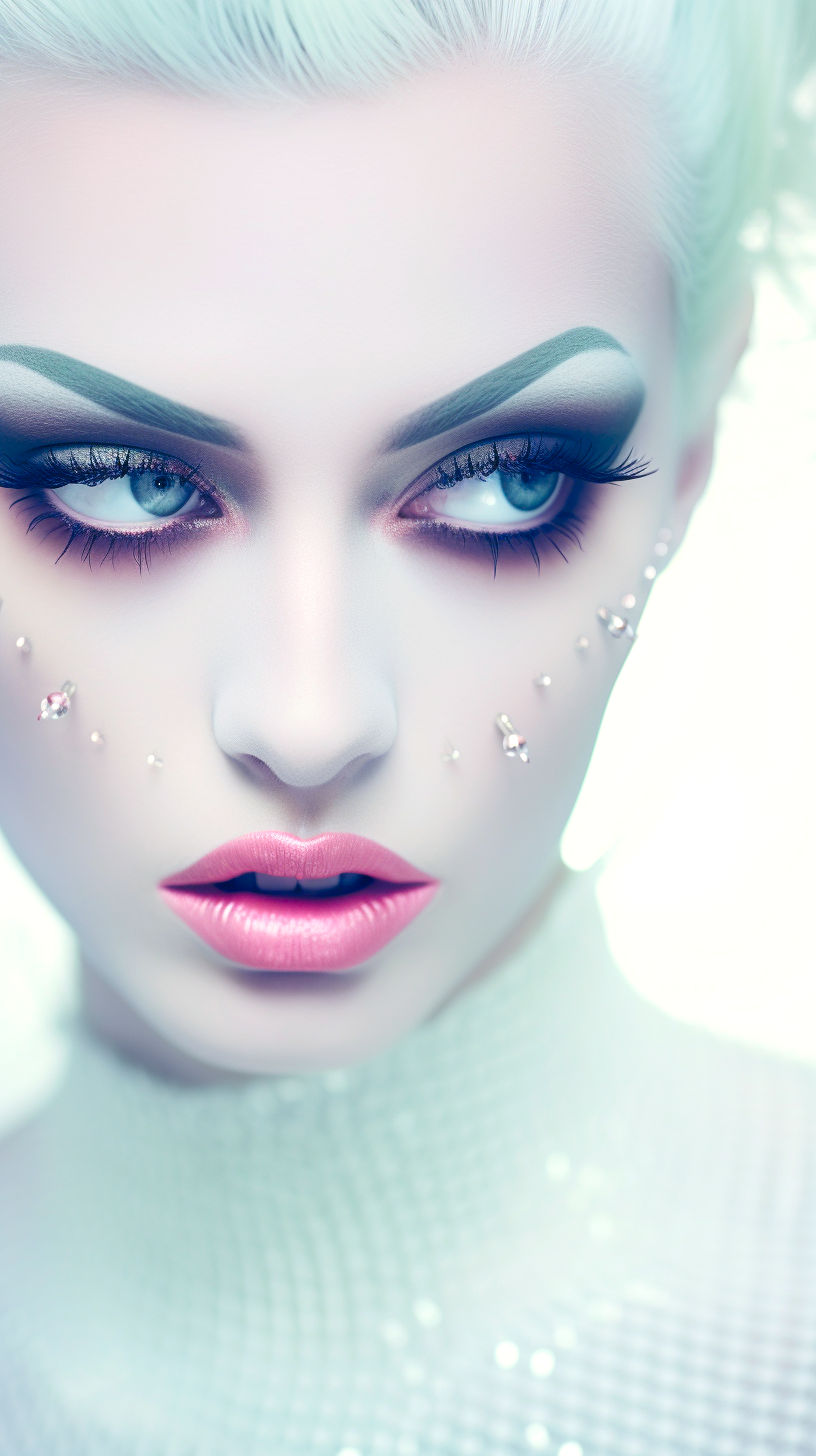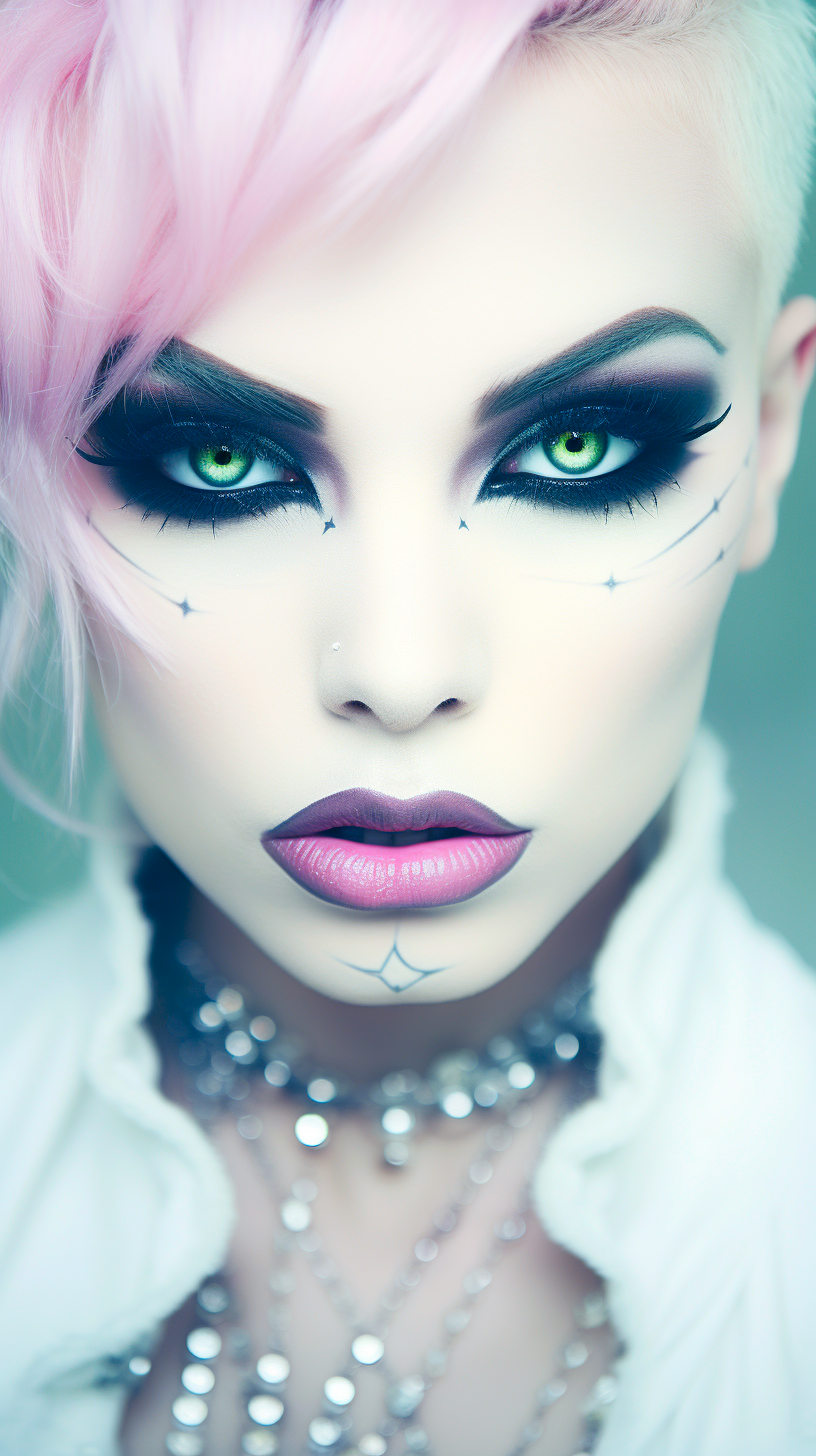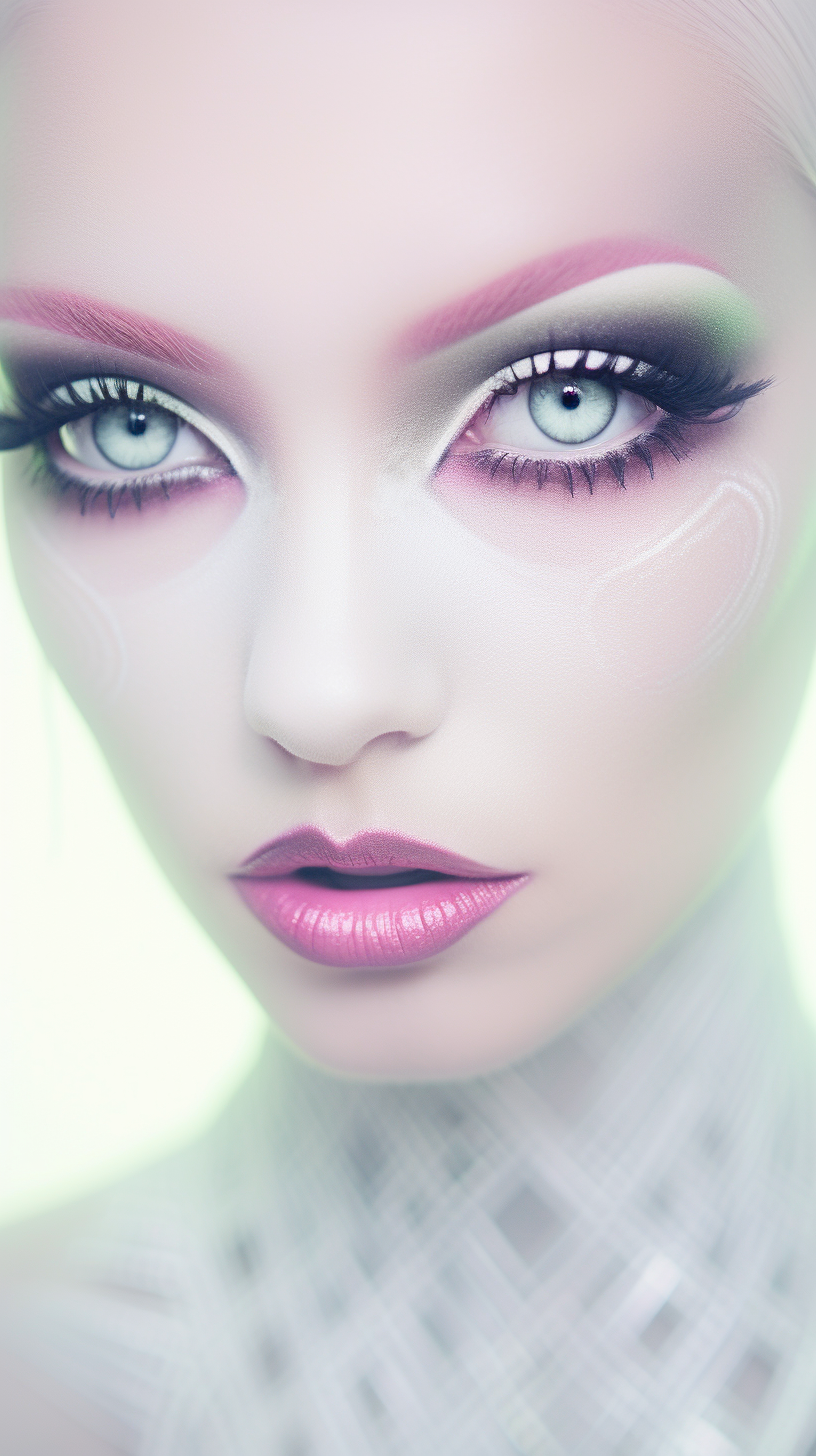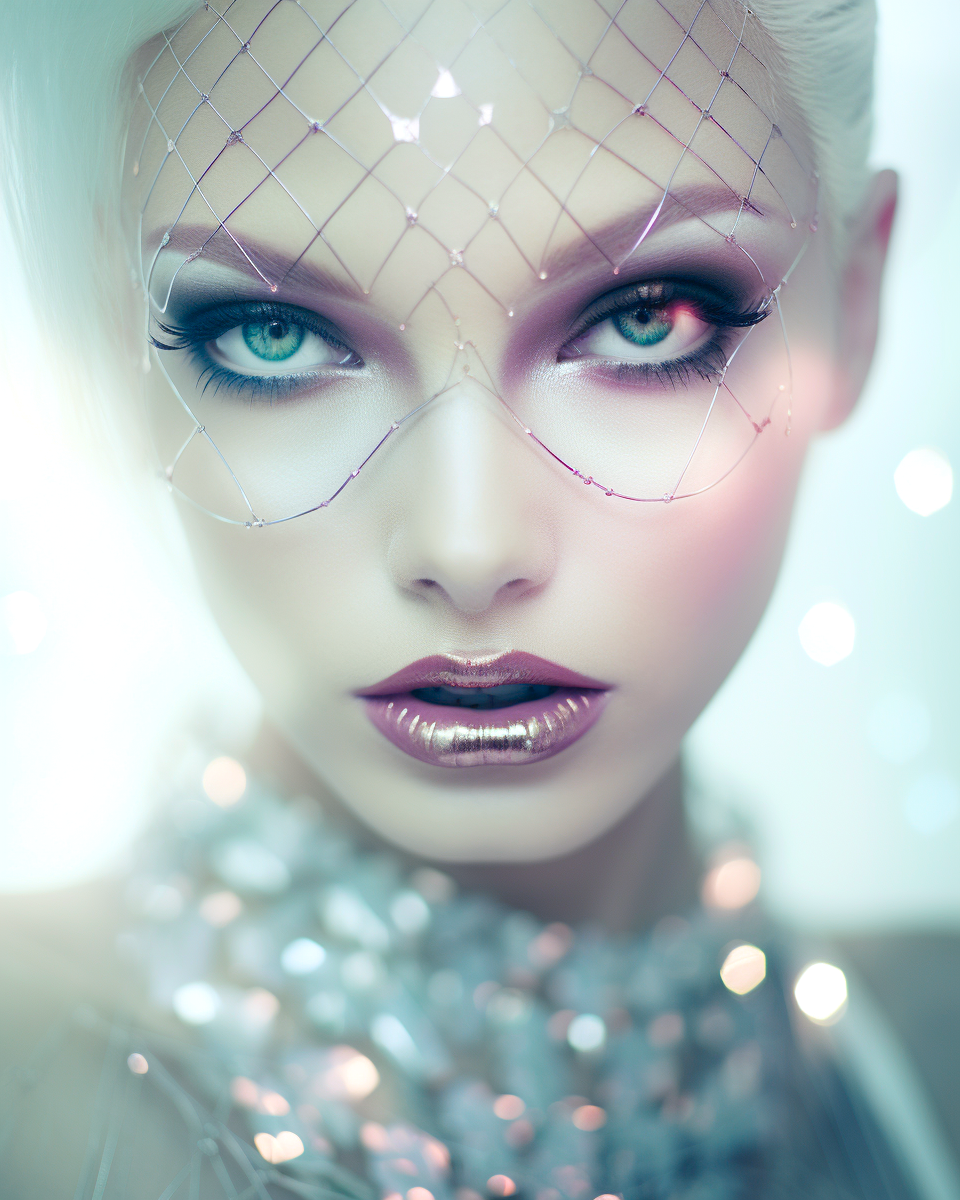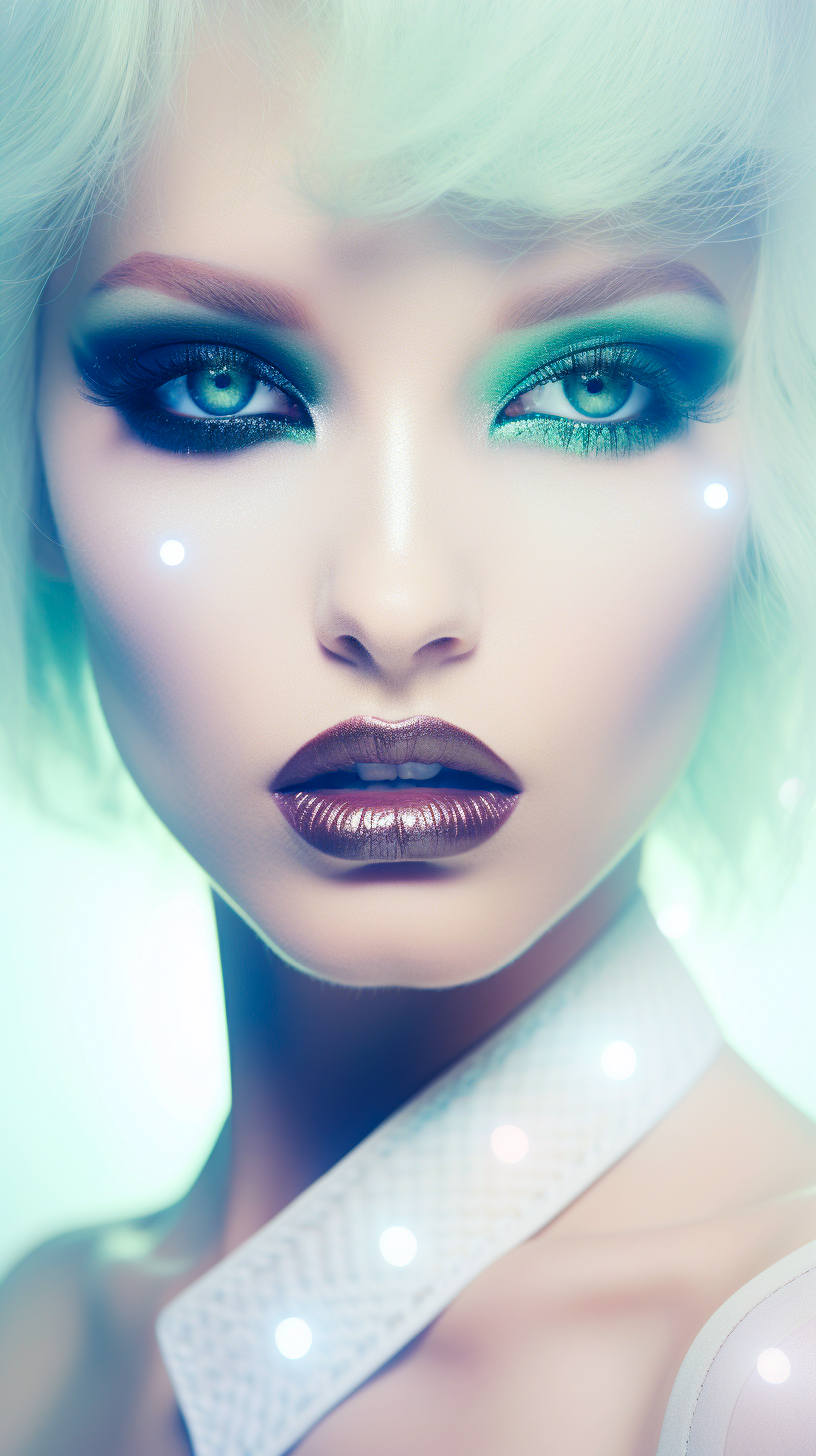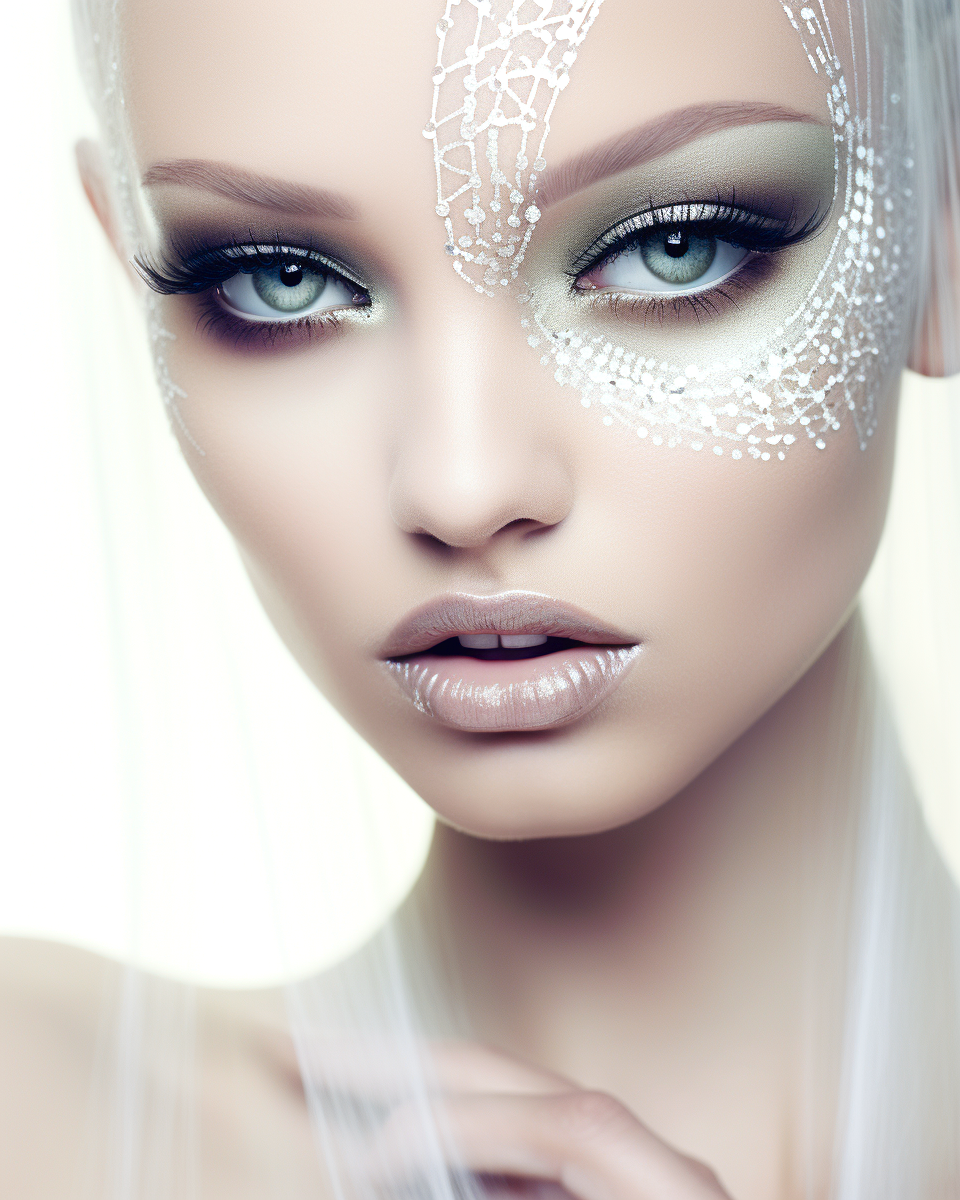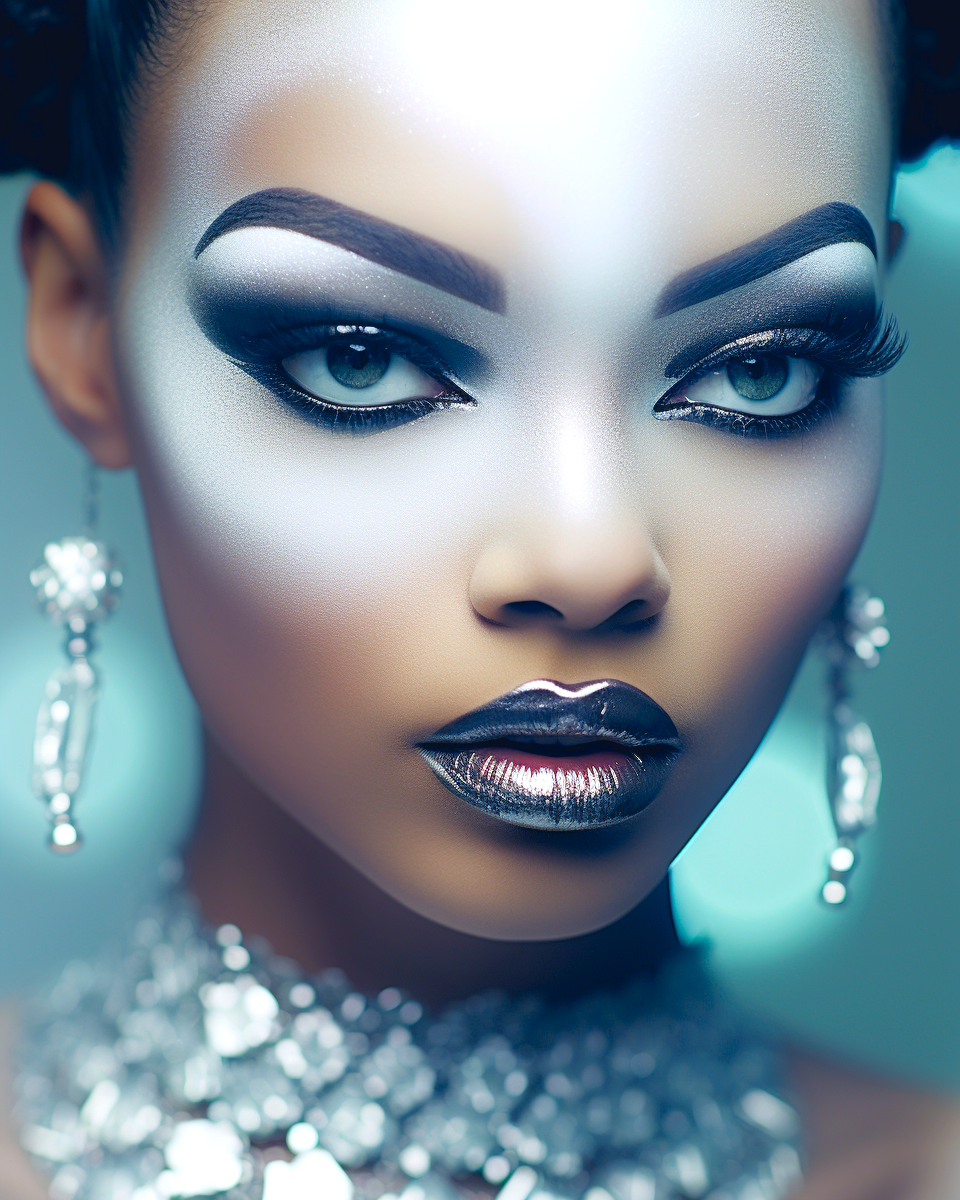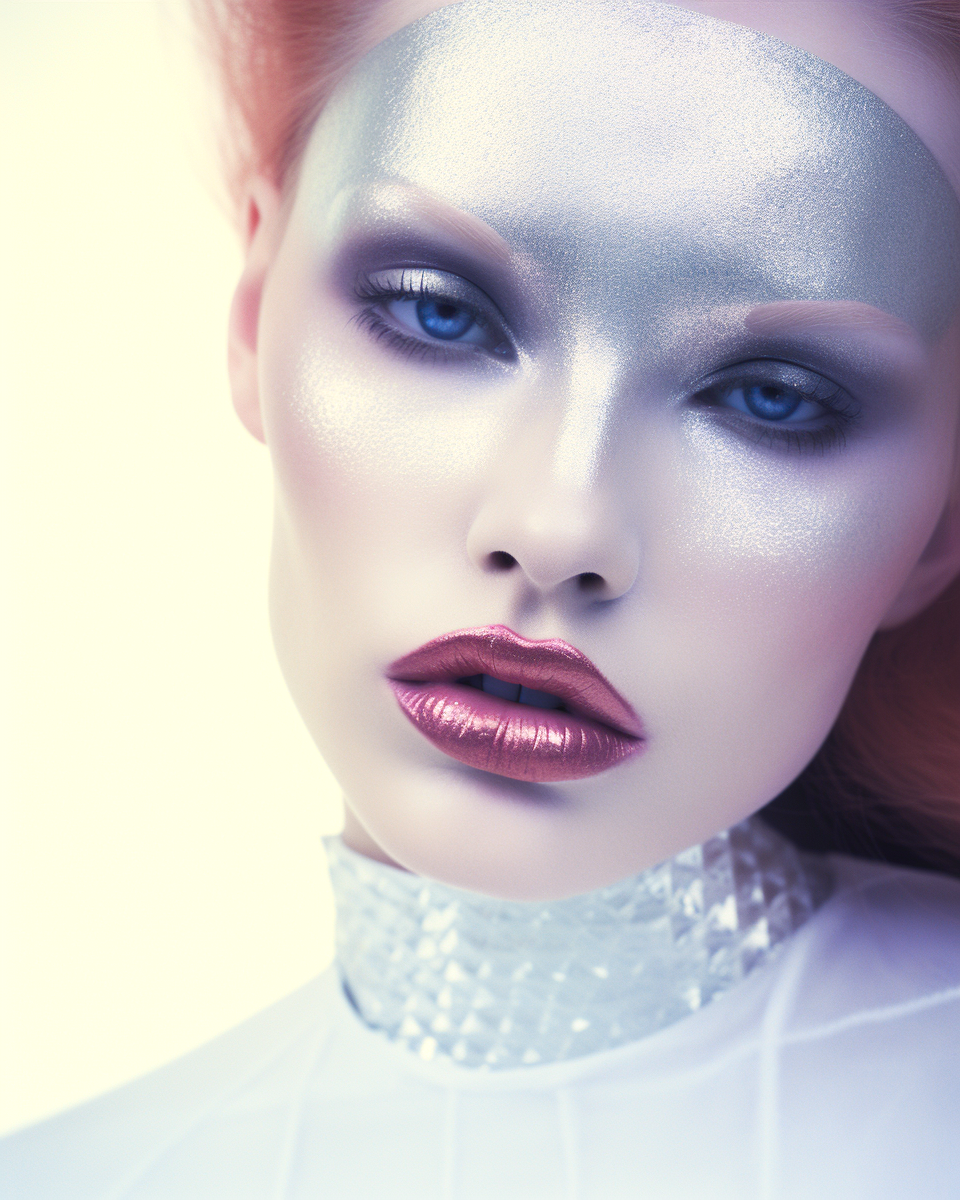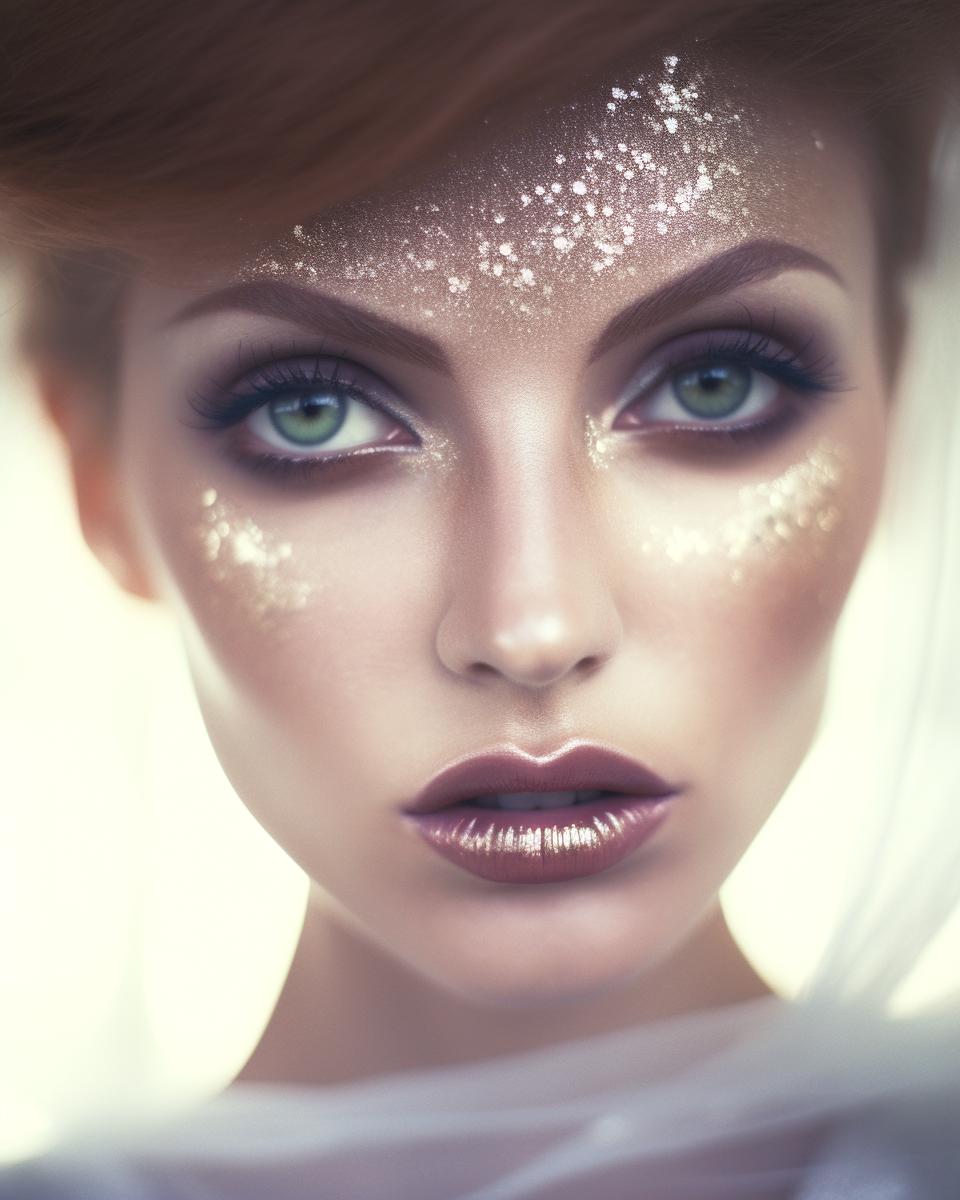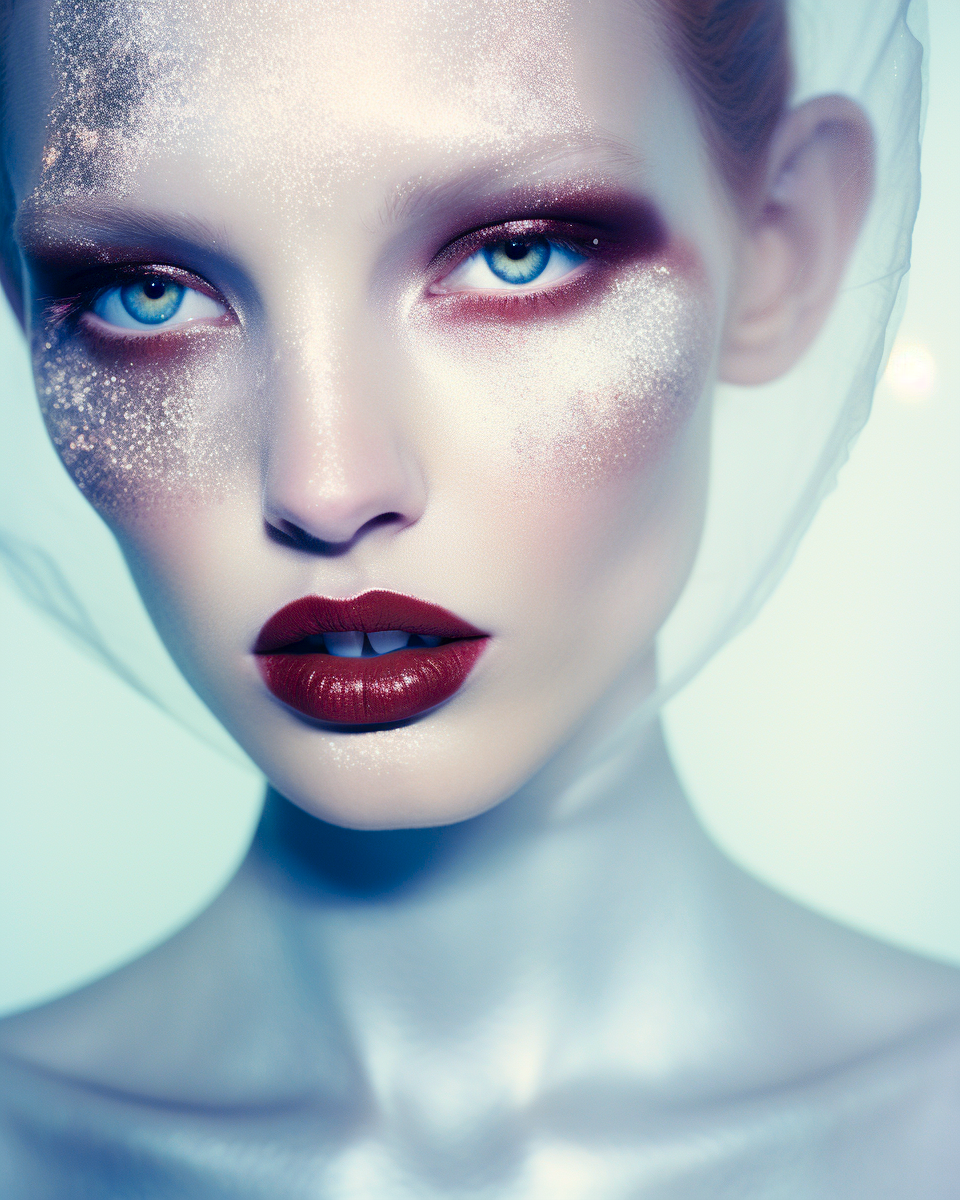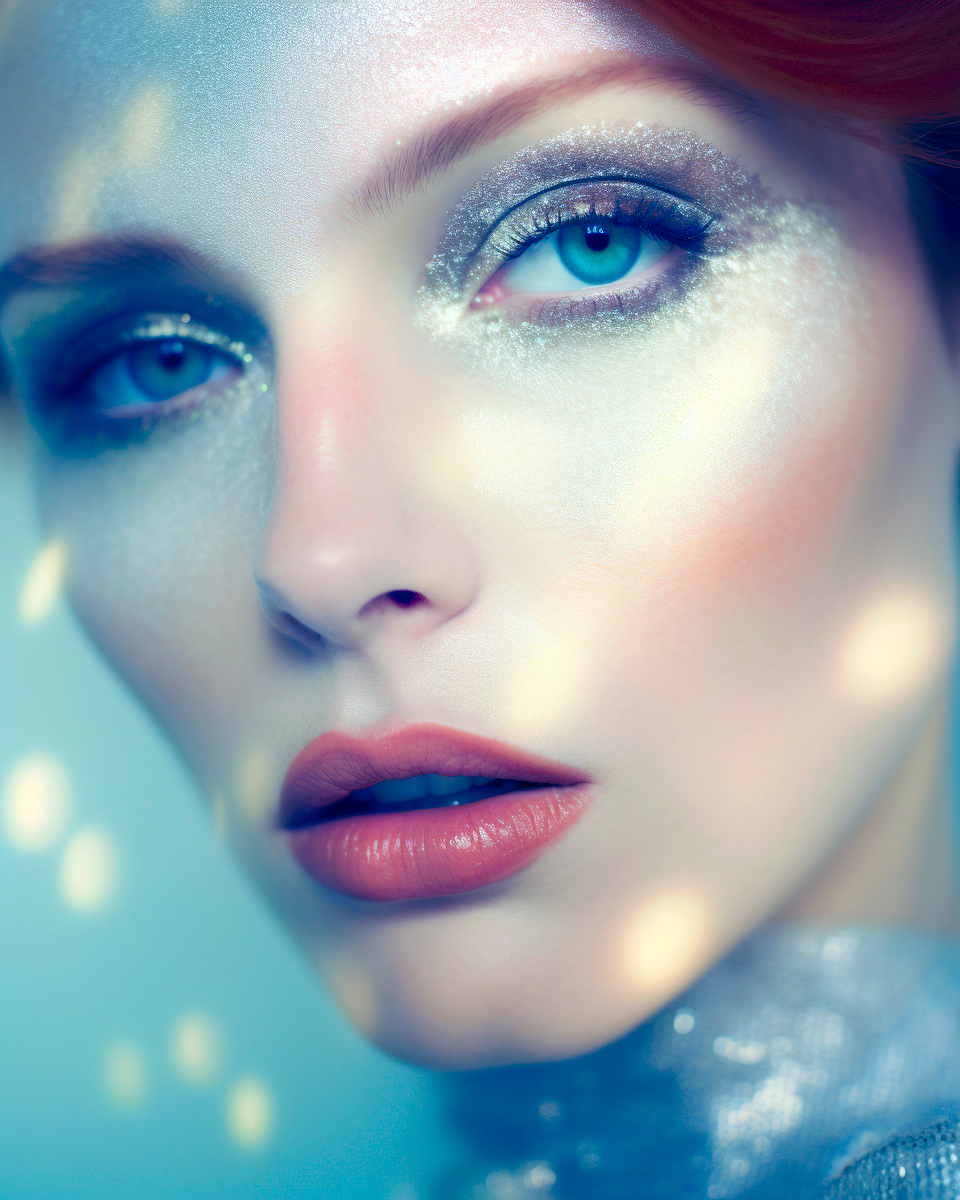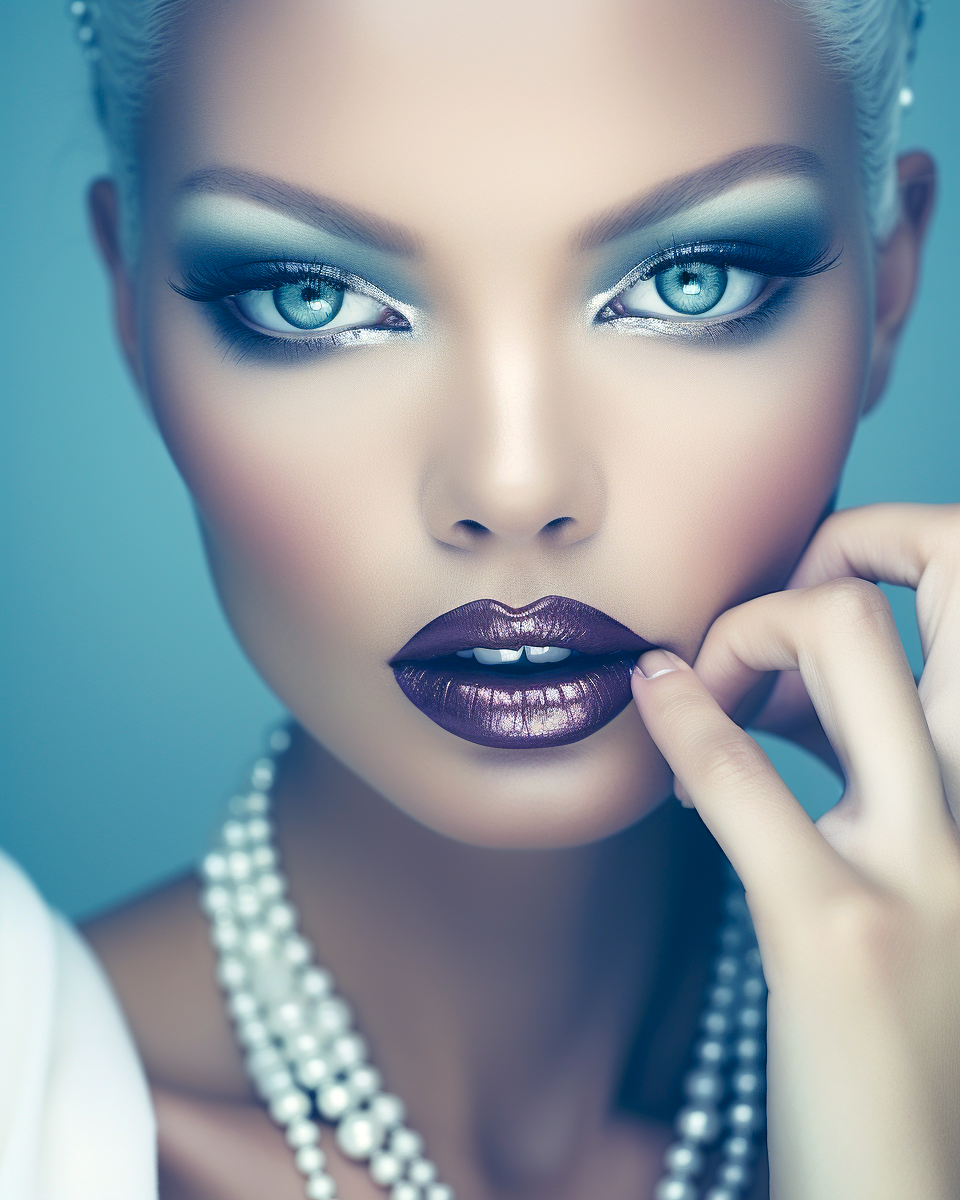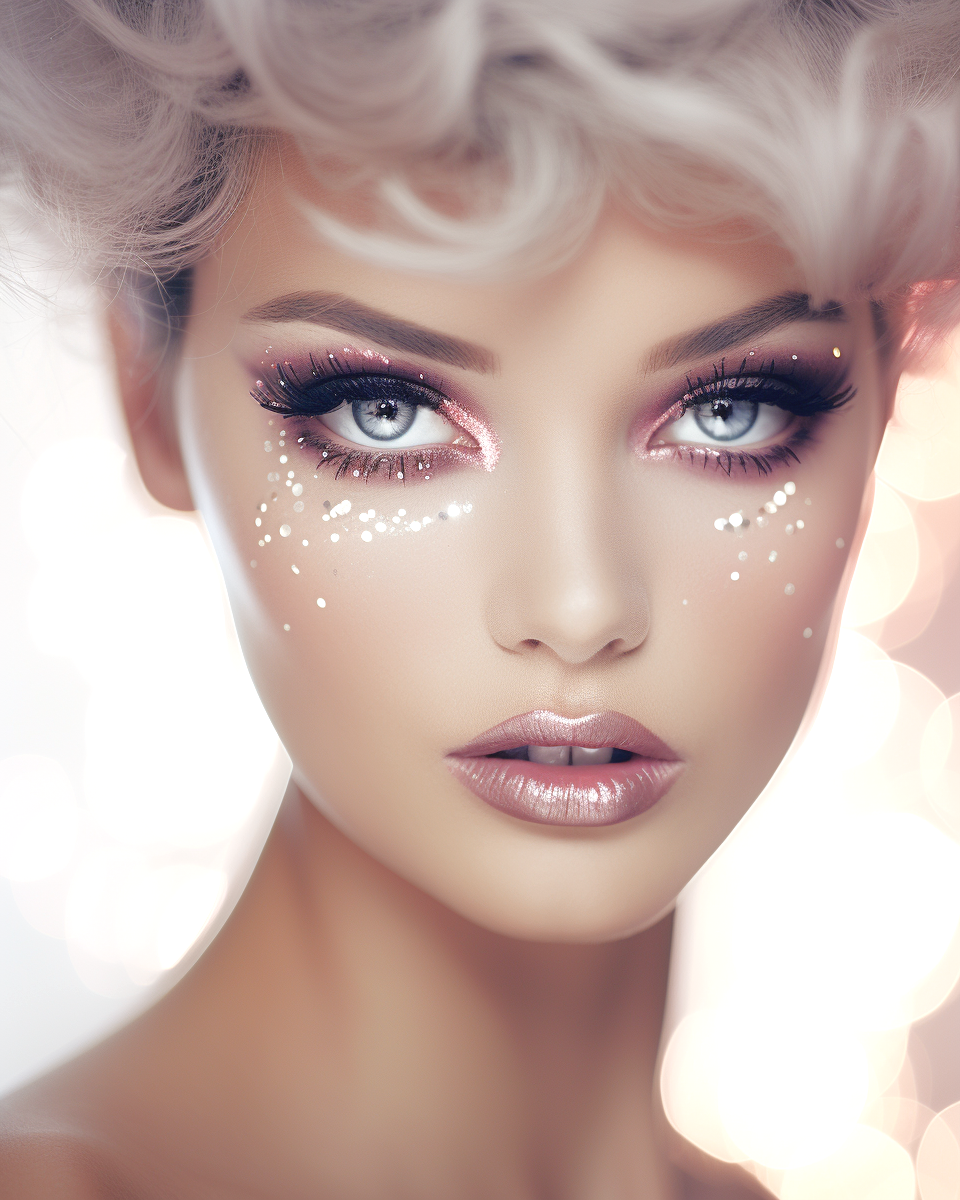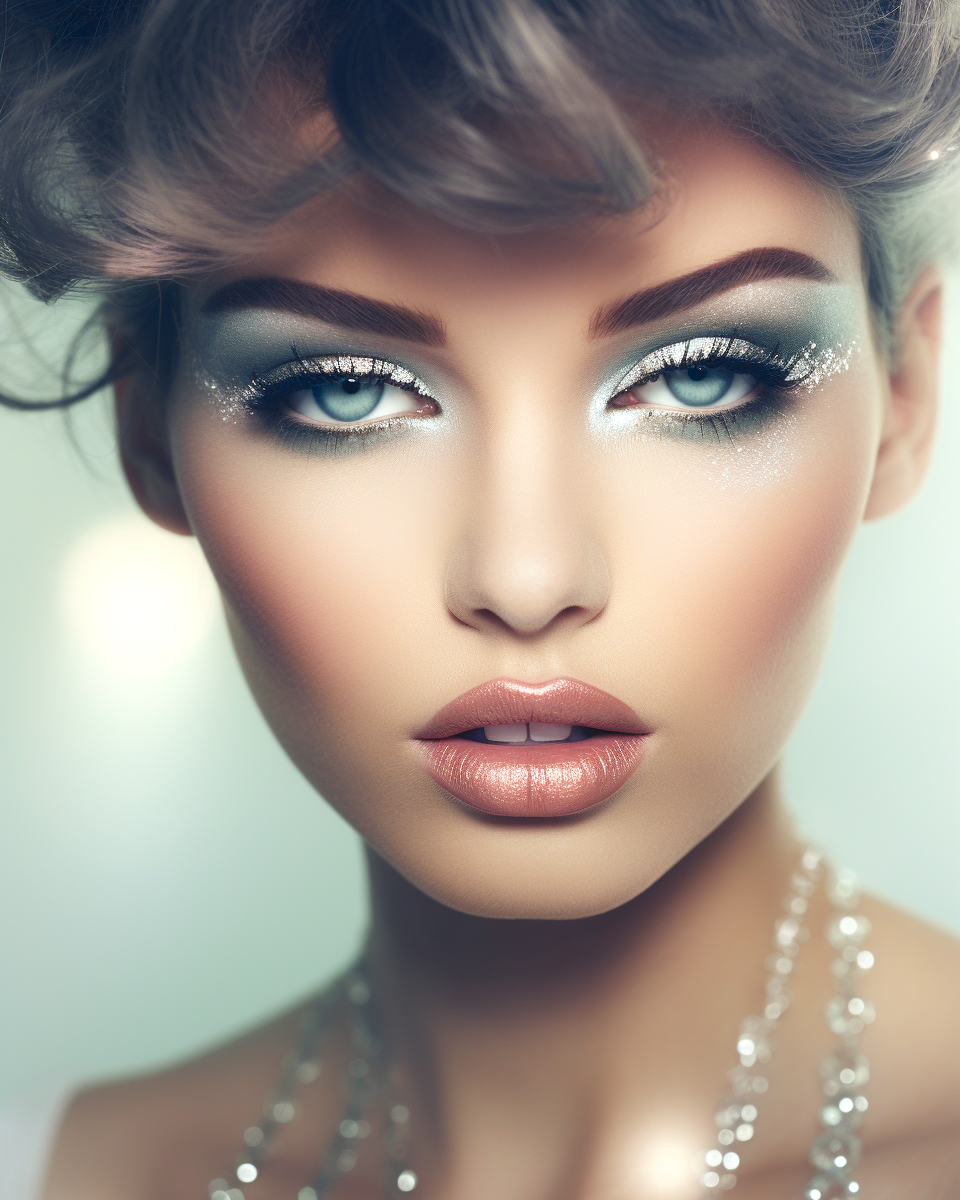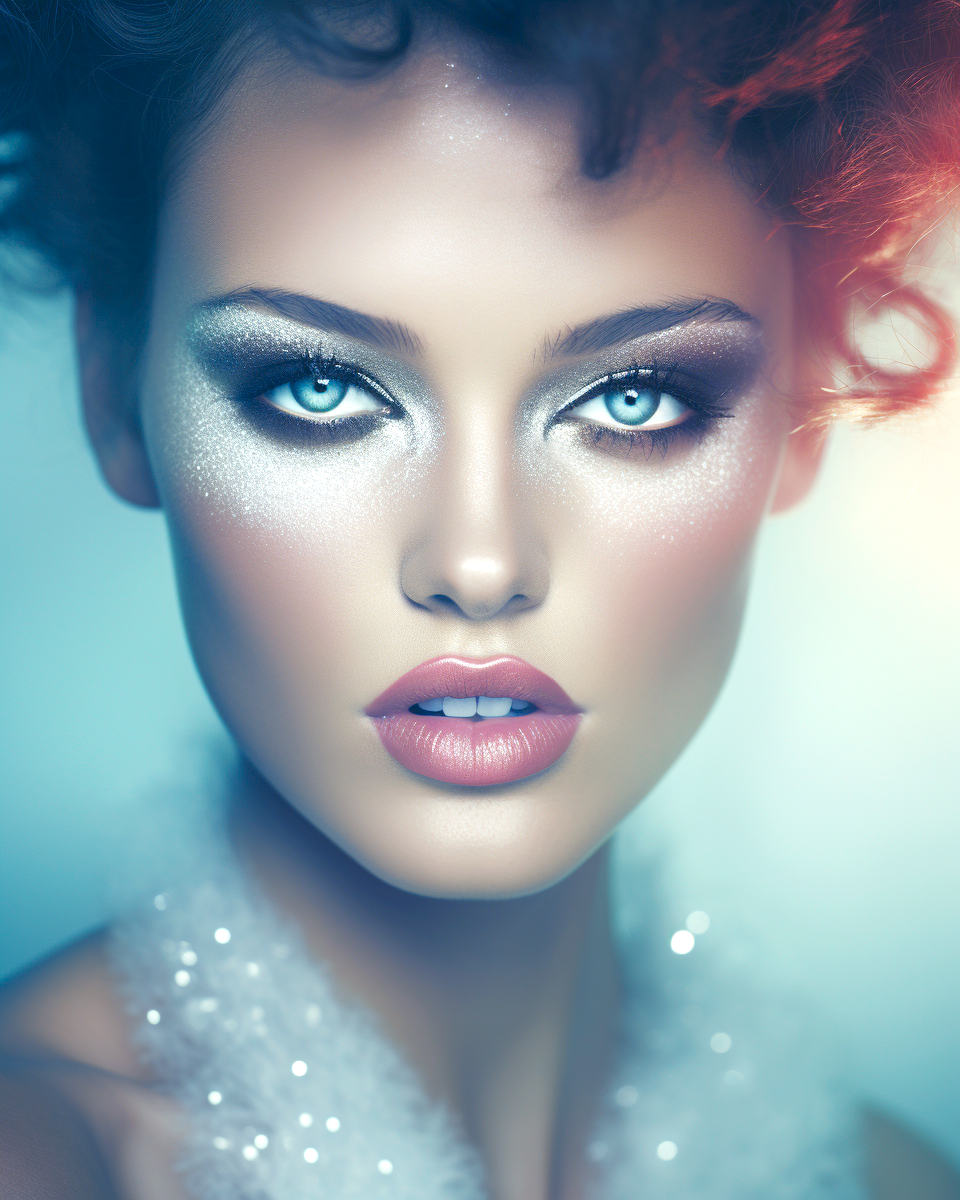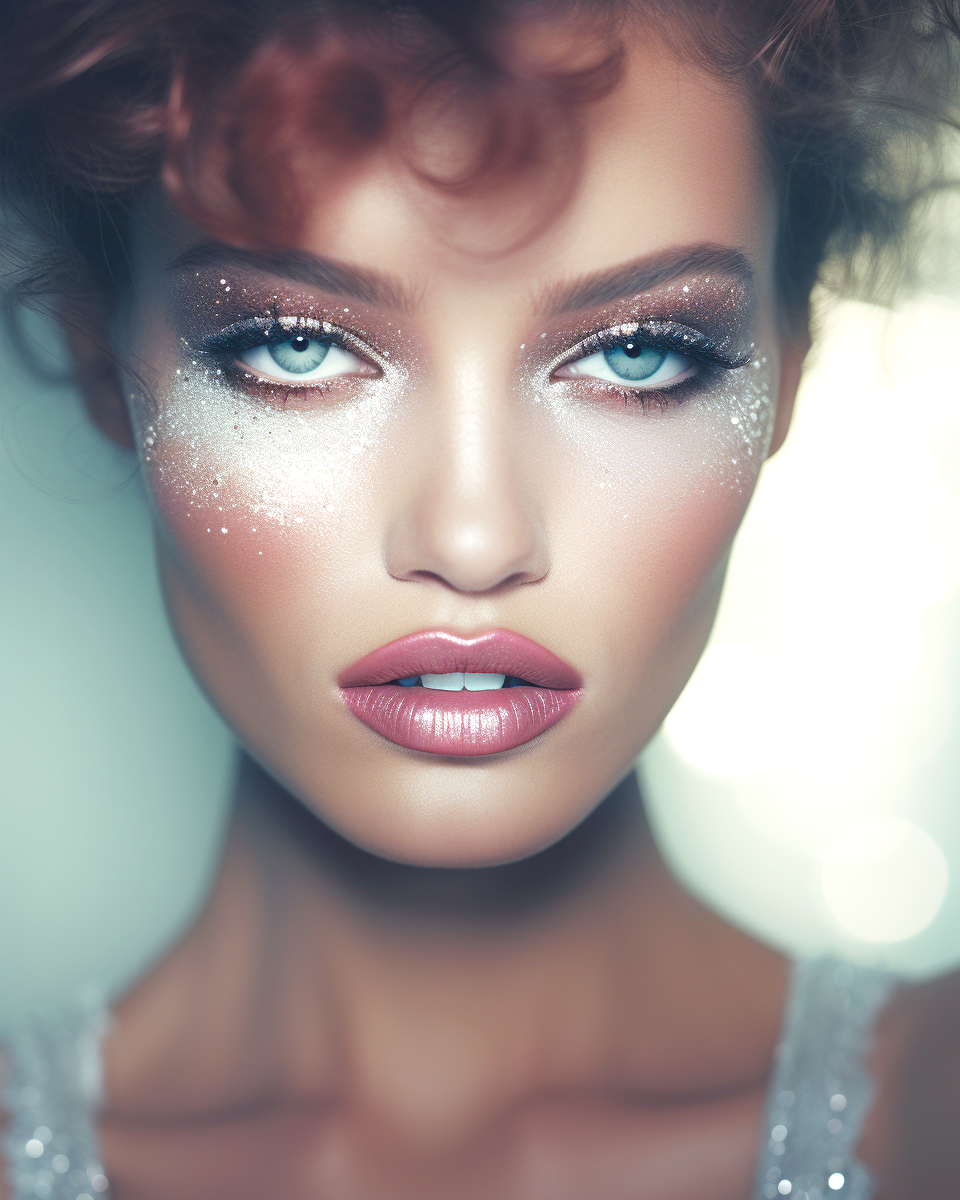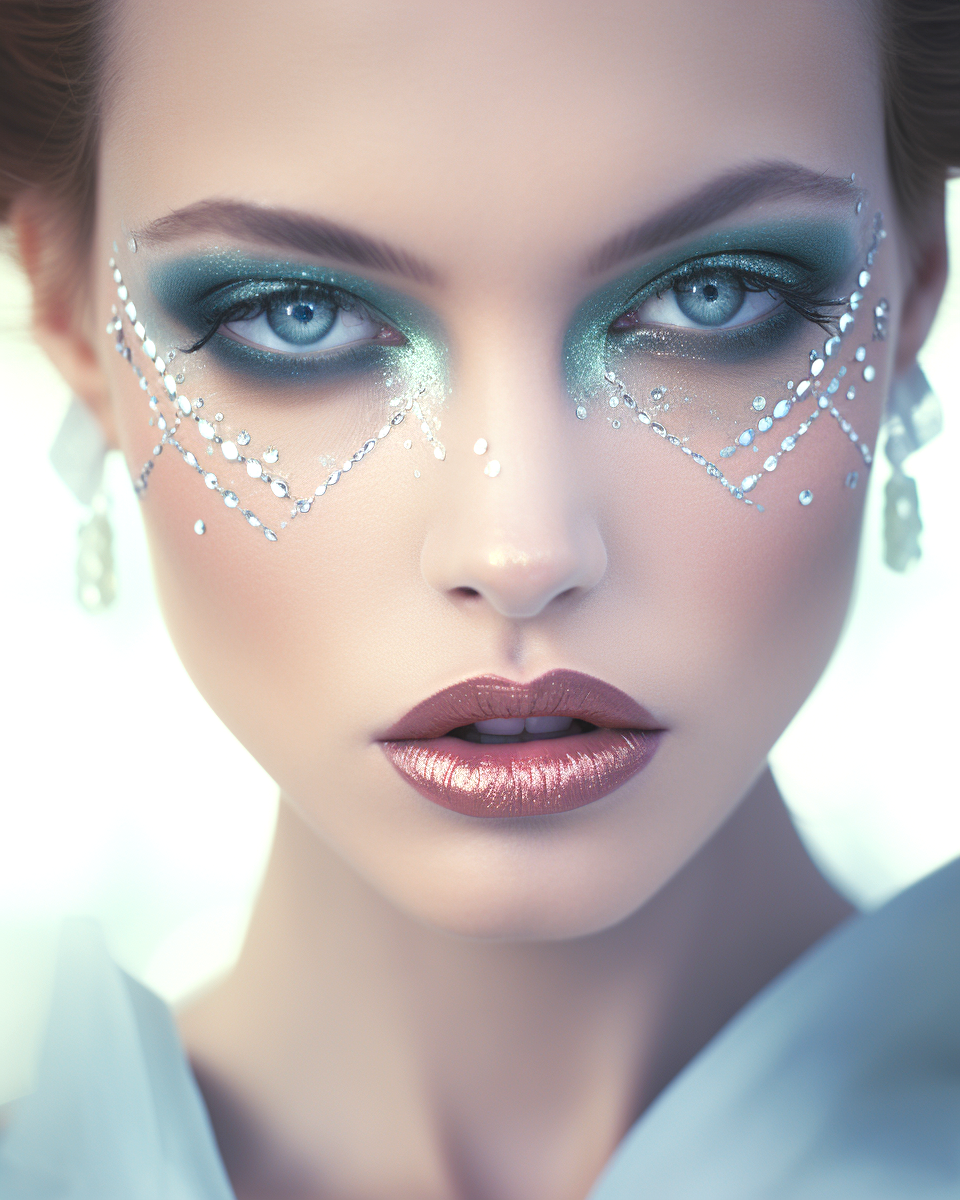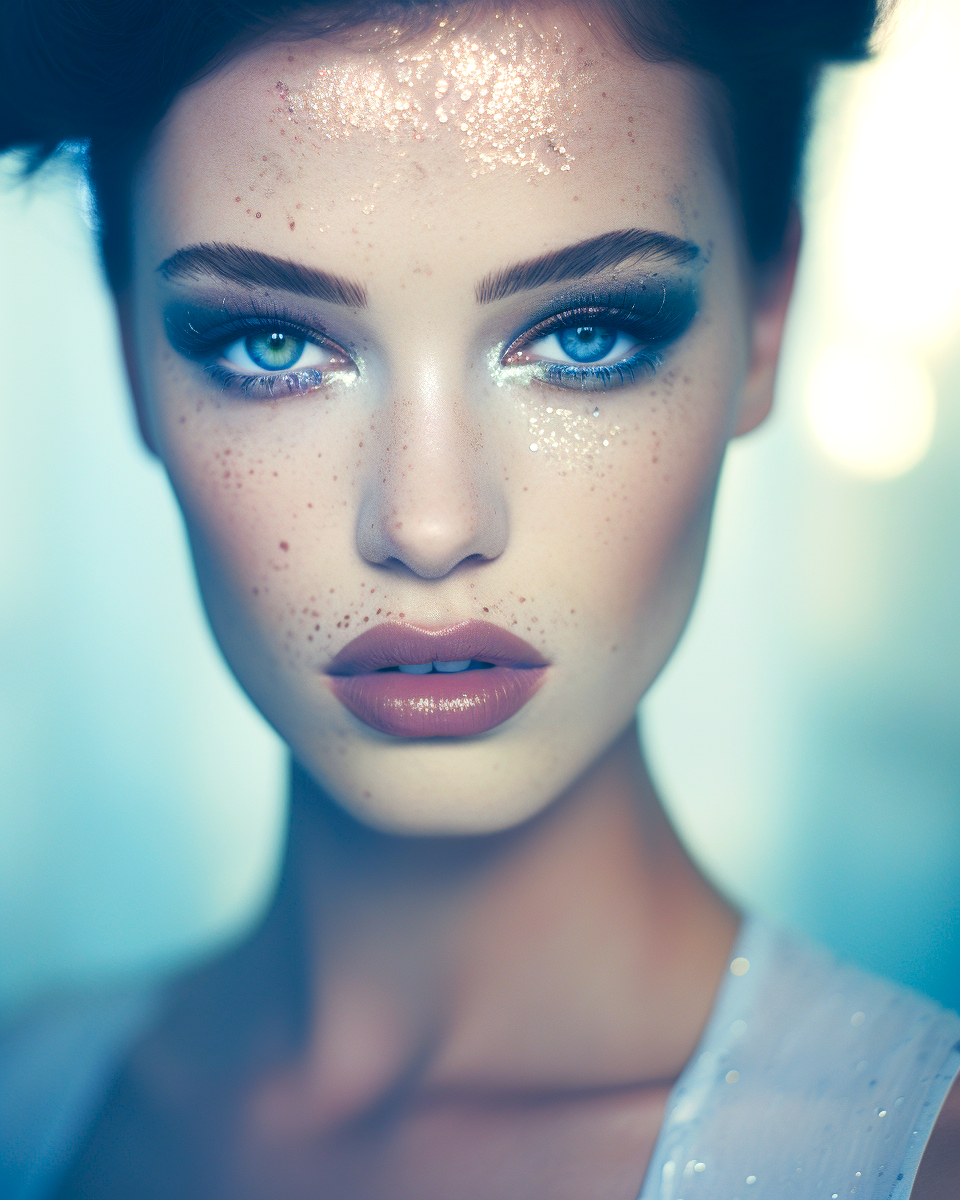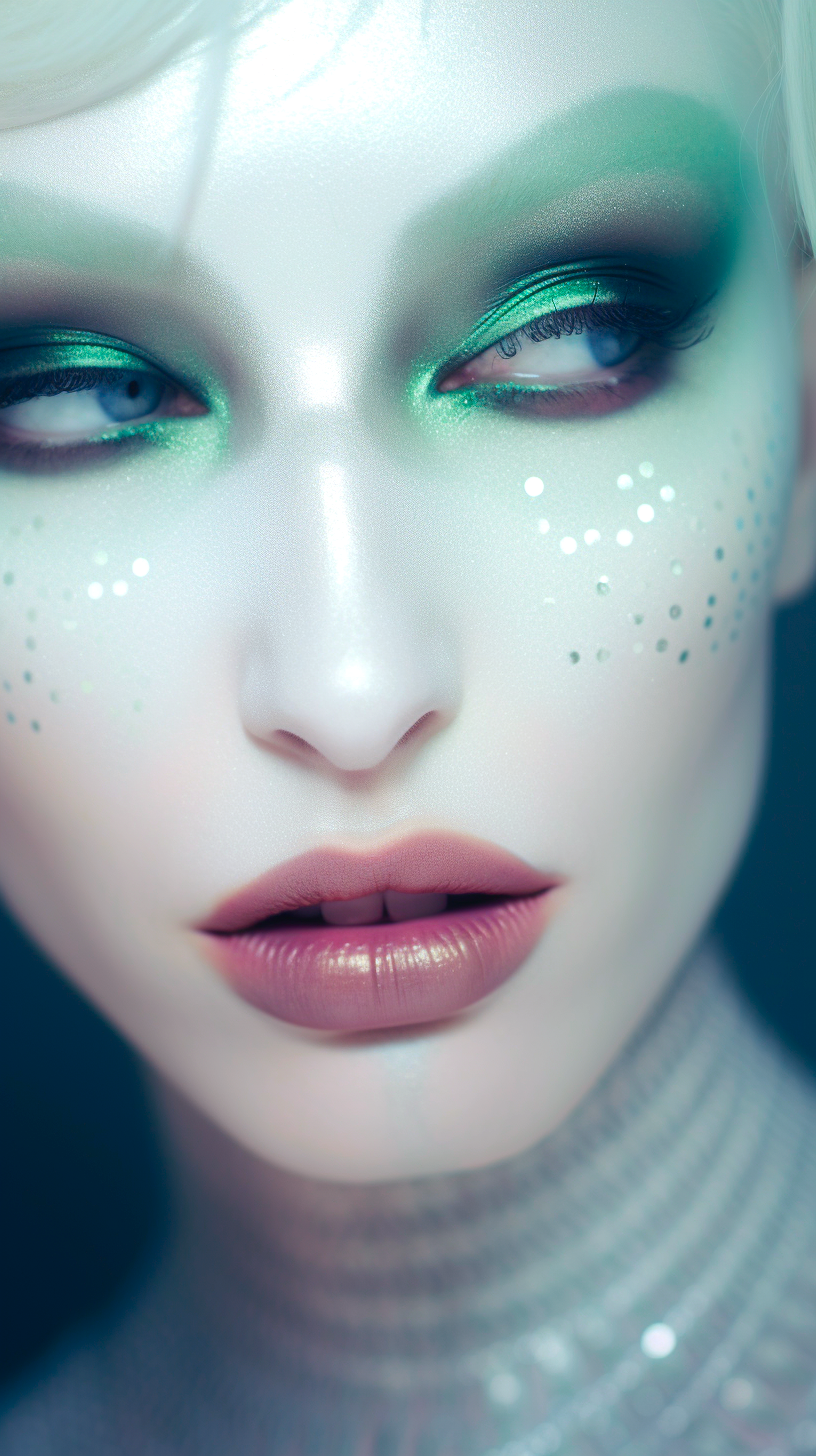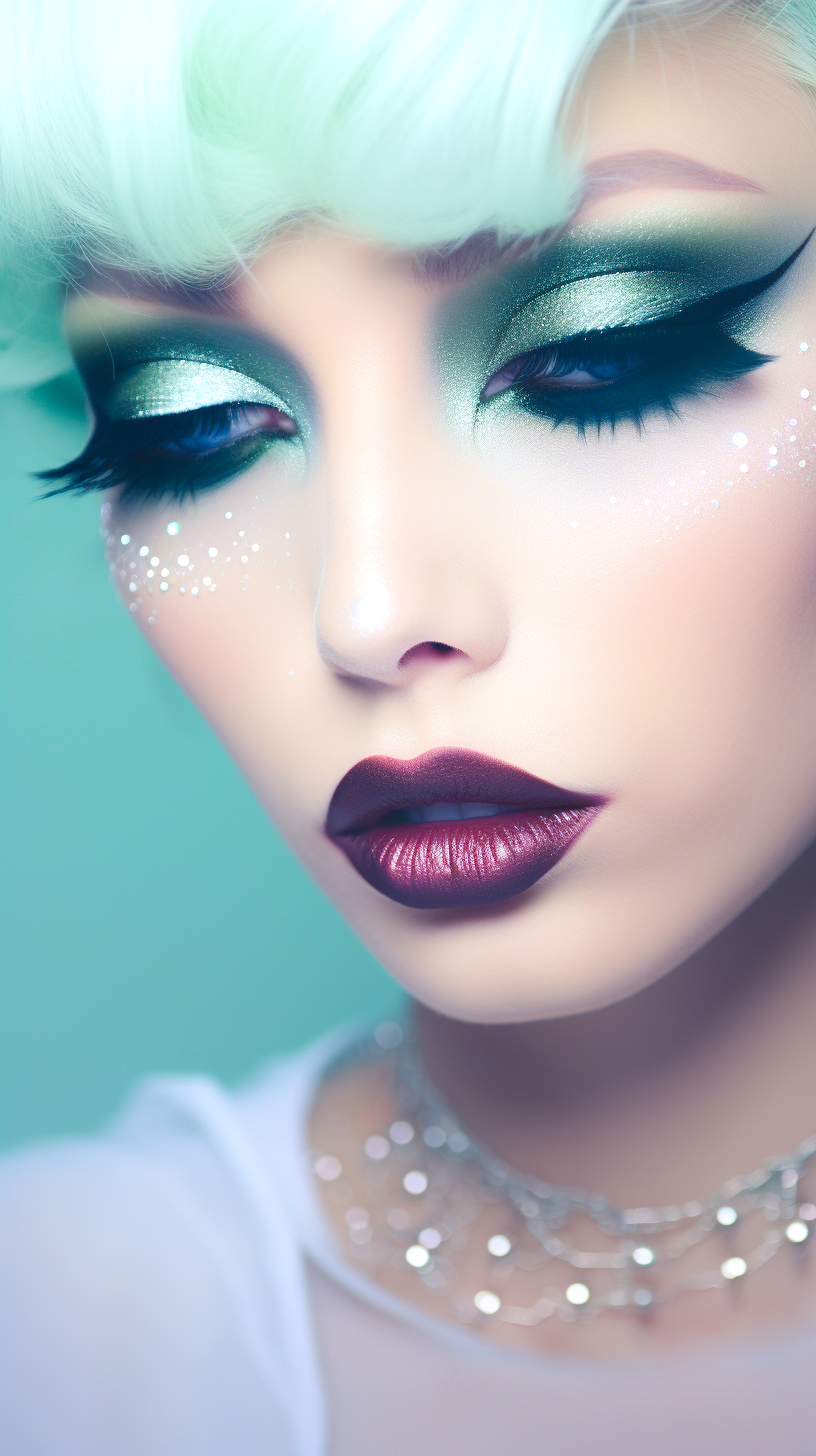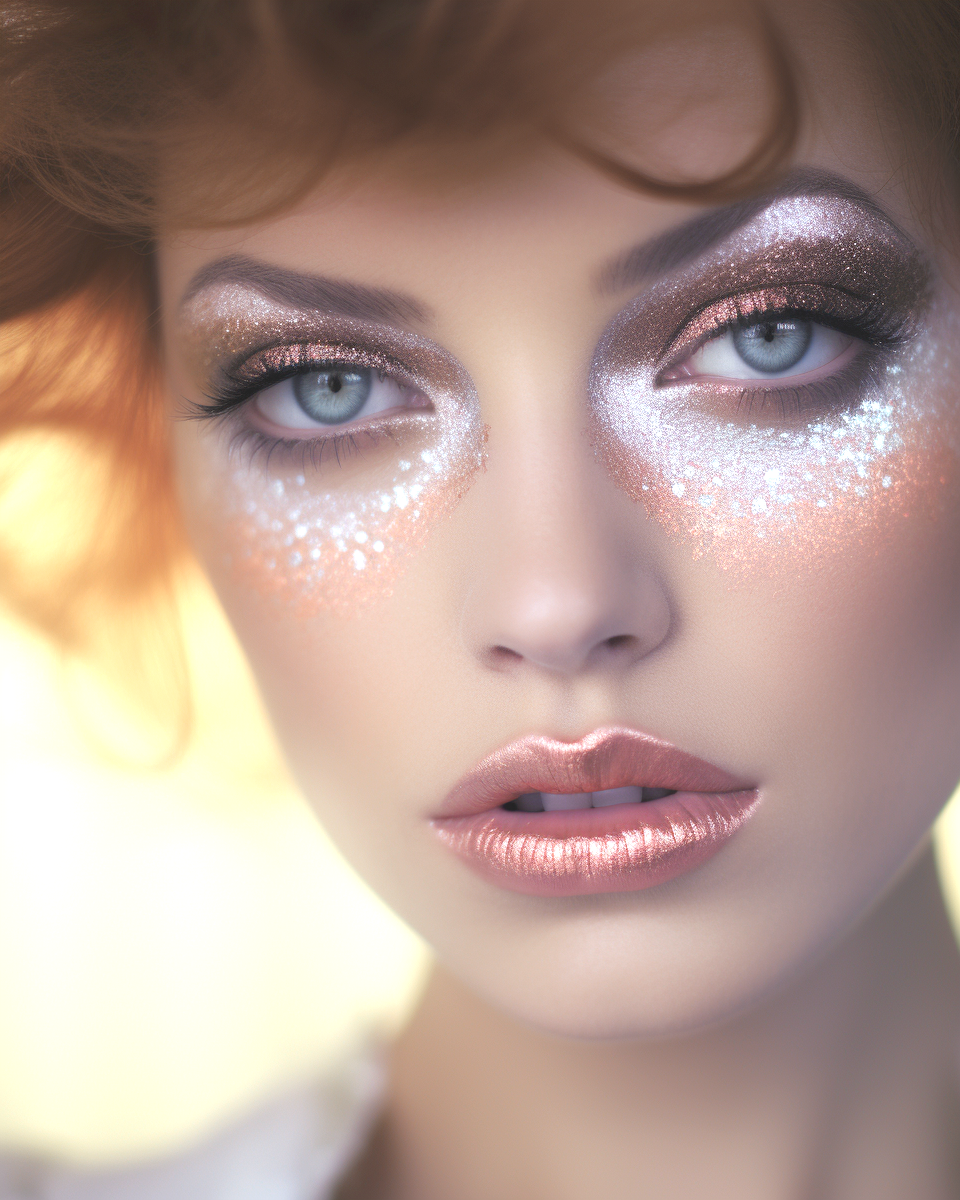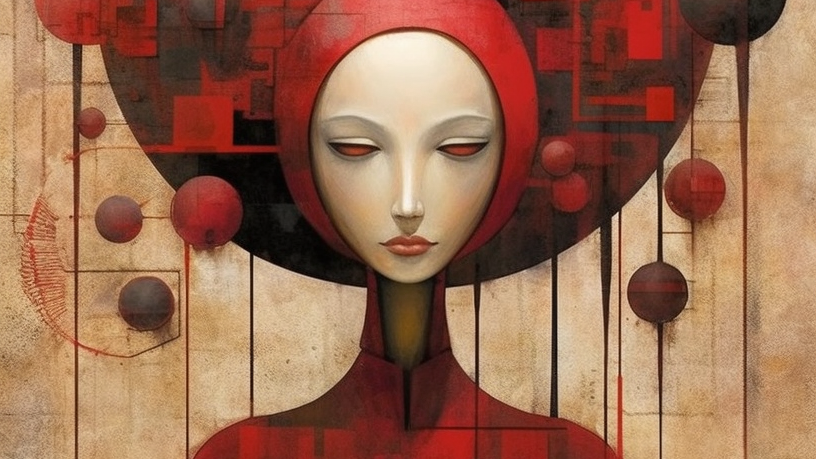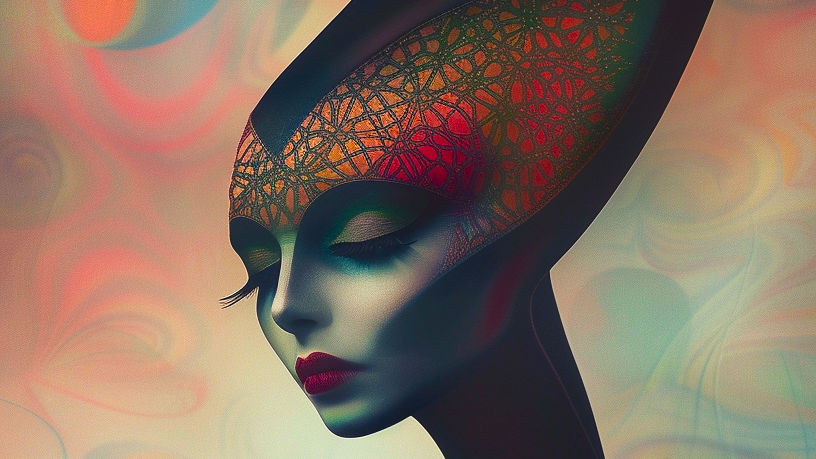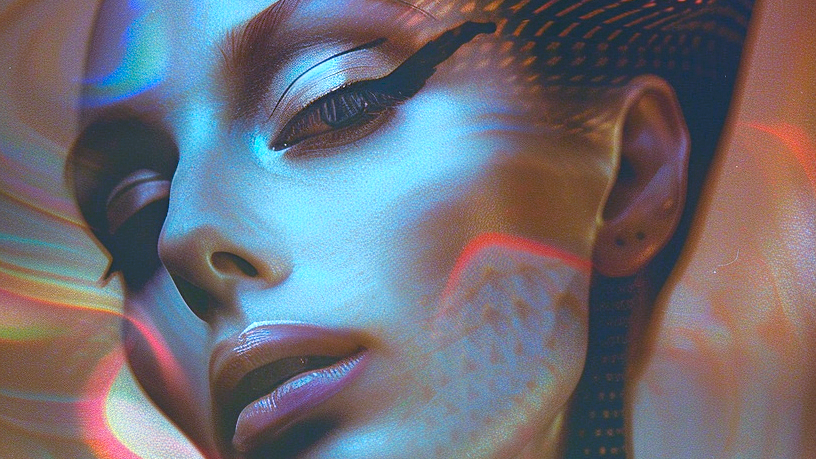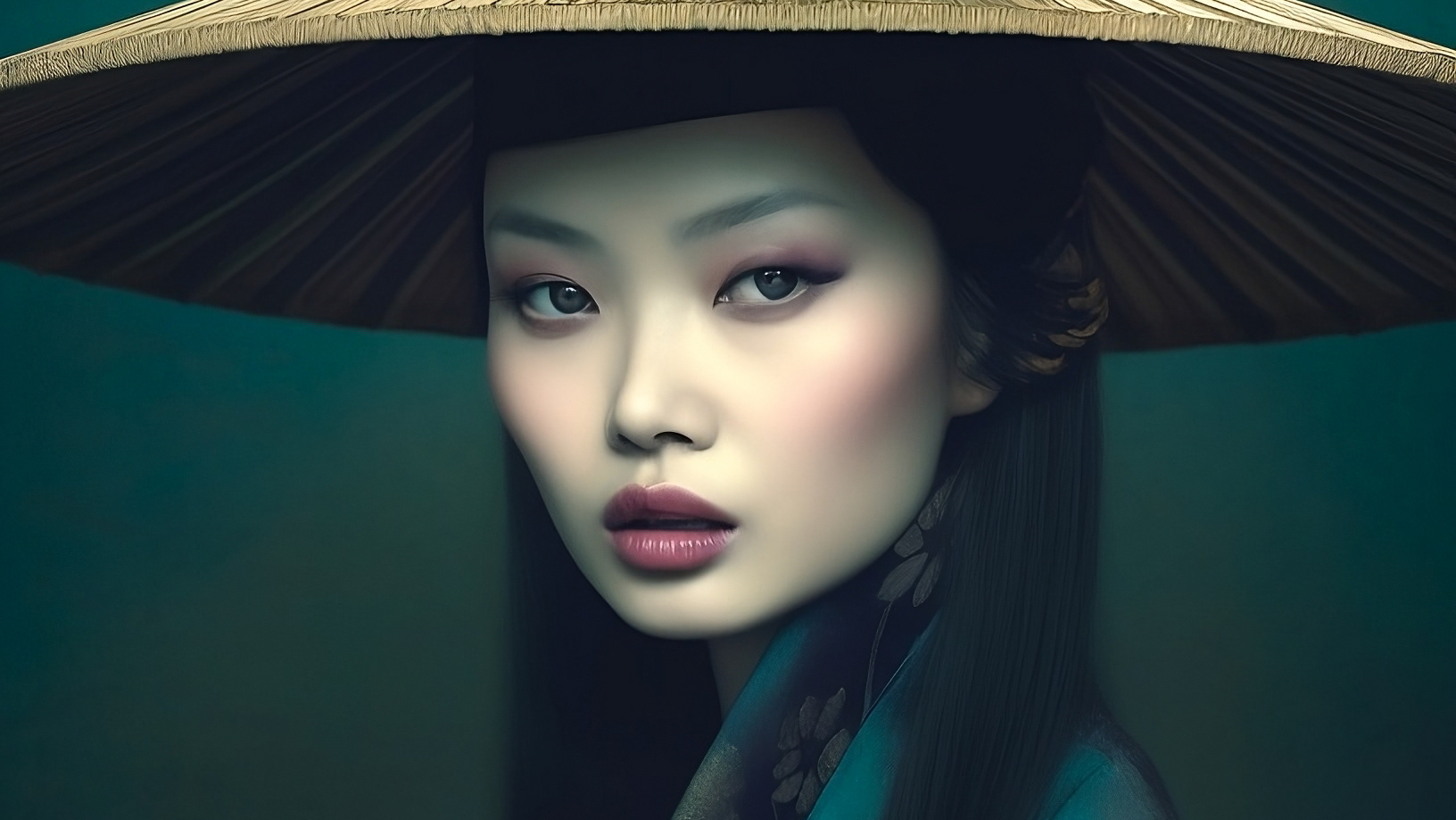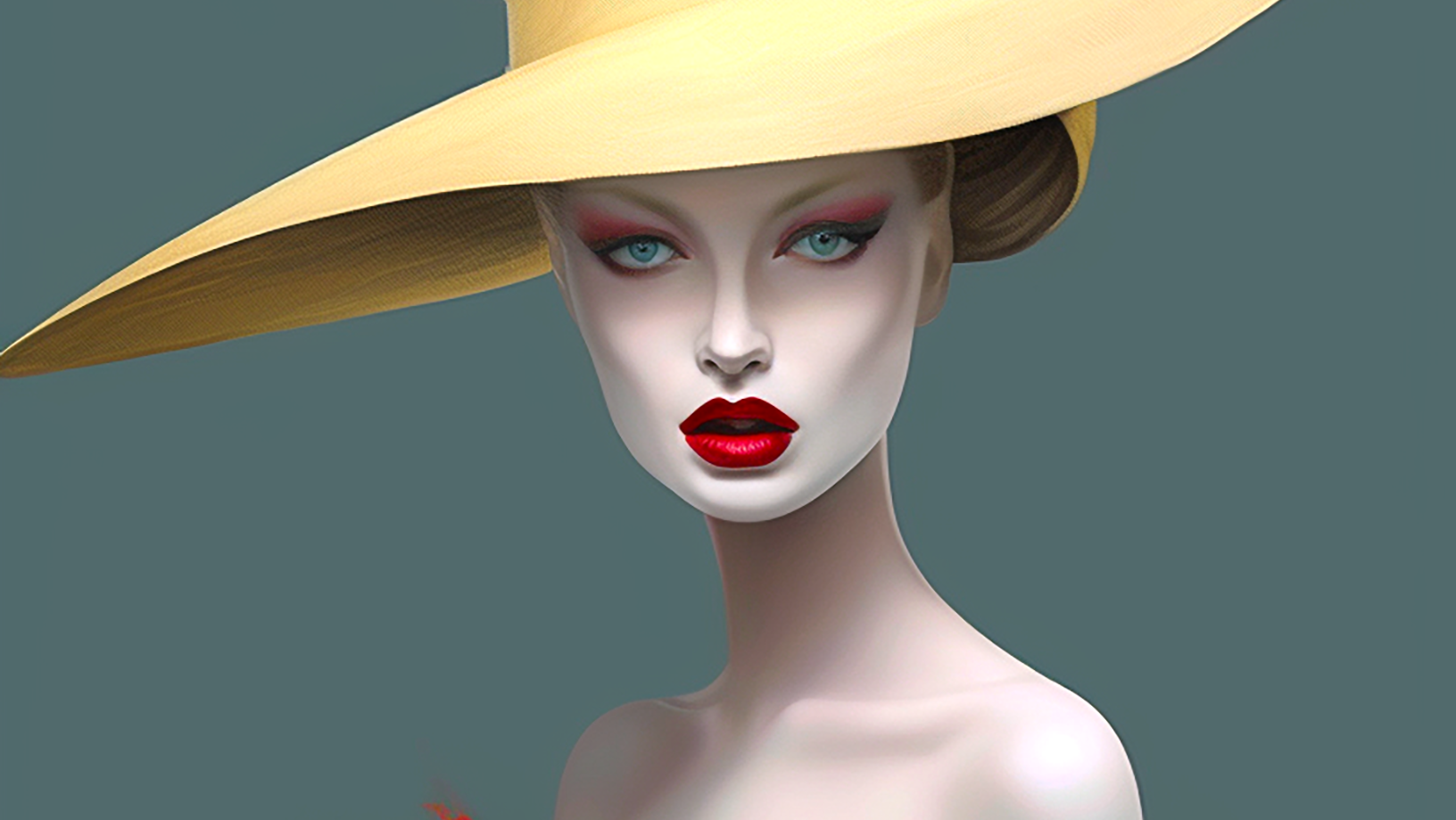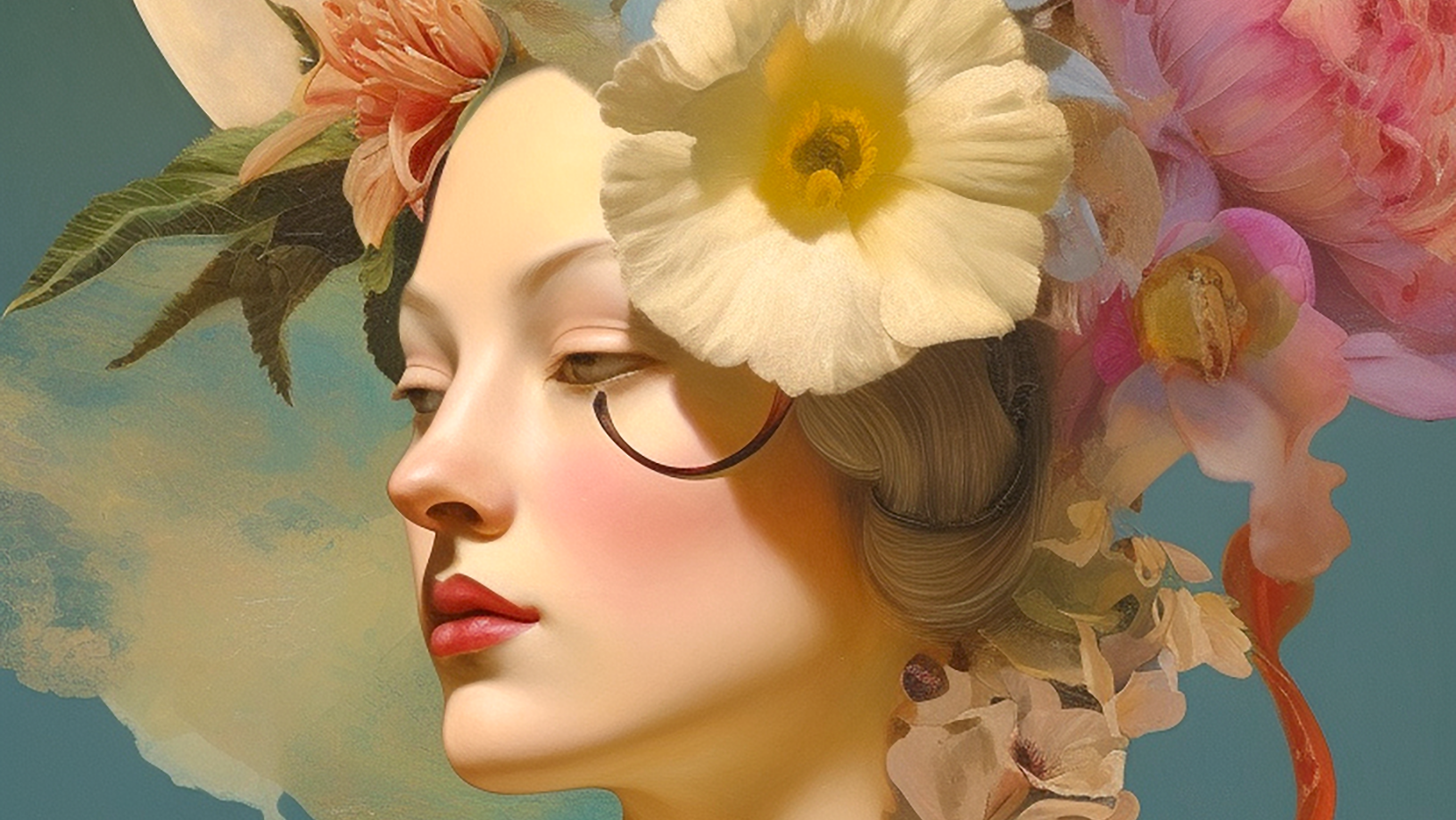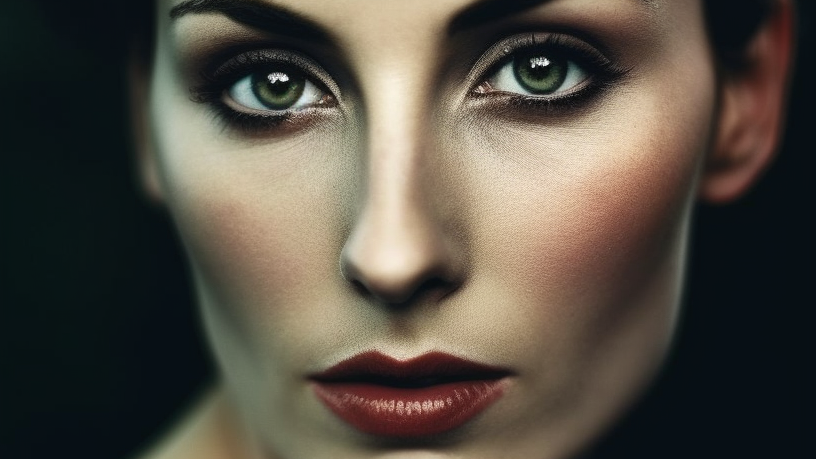Generative fashion style imagery, driven by cutting-edge technologies such as artificial intelligence and machine learning, has emerged as a disruptive force in the realm of fashion photography. This innovative approach presents a novel set of advantages and disadvantages when compared to traditional fashion photography.
On the positive side, generative fashion style imagery offers unparalleled creativity and originality. Using algorithms to generate unique and imaginative visuals, this approach allows for the exploration of unconventional aesthetics and pushes the boundaries of traditional design. Designers and photographers can leverage generative techniques to create avant-garde concepts that might be challenging or impossible to achieve through conventional means. The potential for endless variation and experimentation provides a playground for artistic expression, fostering a culture of innovation within the fashion industry.
Furthermore, generative fashion style imagery opens doors to inclusivity and diversity. AI algorithms can be trained on diverse datasets, ensuring that the generated content represents a wide range of ethnicities, body types, and styles. This inclusivity addresses longstanding issues of underrepresentation in traditional fashion photography, promoting a more realistic and inclusive vision of beauty.
However, with these advantages come notable drawbacks. One major concern is the potential loss of the human touch and emotional depth that traditional fashion photography often captures. Generative imagery, by its nature, lacks the personal and subjective elements that human photographers infuse into their work. The emotional resonance and storytelling capacity of a well-crafted photograph, which can convey the mood, personality, and narrative of the subject, may be compromised when relying solely on algorithmic outputs.
Another challenge is the ethical consideration surrounding data and bias. Generative algorithms learn from existing datasets, and if those datasets are biased, the generated content may perpetuate and even exacerbate existing biases. This raises ethical concerns related to diversity, representation, and the reinforcement of stereotypical beauty standards. Striking a balance between innovation and responsible, ethical use of technology is crucial to avoiding unintentional harm.
In conclusion, the juxtaposition of generative fashion style imagery and traditional fashion photography presents a dynamic landscape for the industry. While generative techniques offer unprecedented creativity and inclusivity, the potential loss of human connection and ethical considerations underscore the need for a thoughtful and balanced integration of these technologies into the world of fashion imagery. The future likely lies in a harmonious collaboration between human creativity and artificial intelligence, where each complements the other to push the boundaries of what is possible in the ever-evolving realm of fashion.
